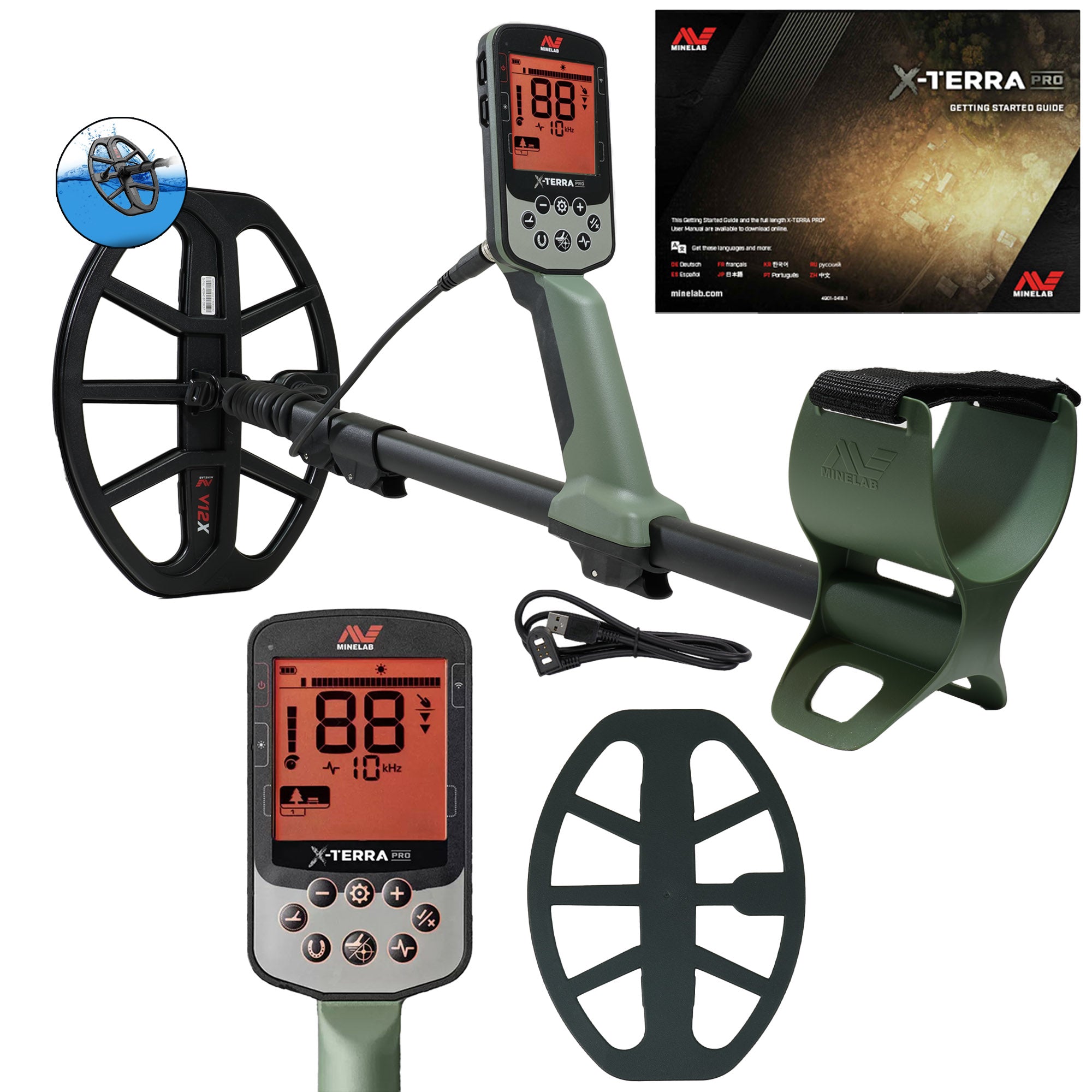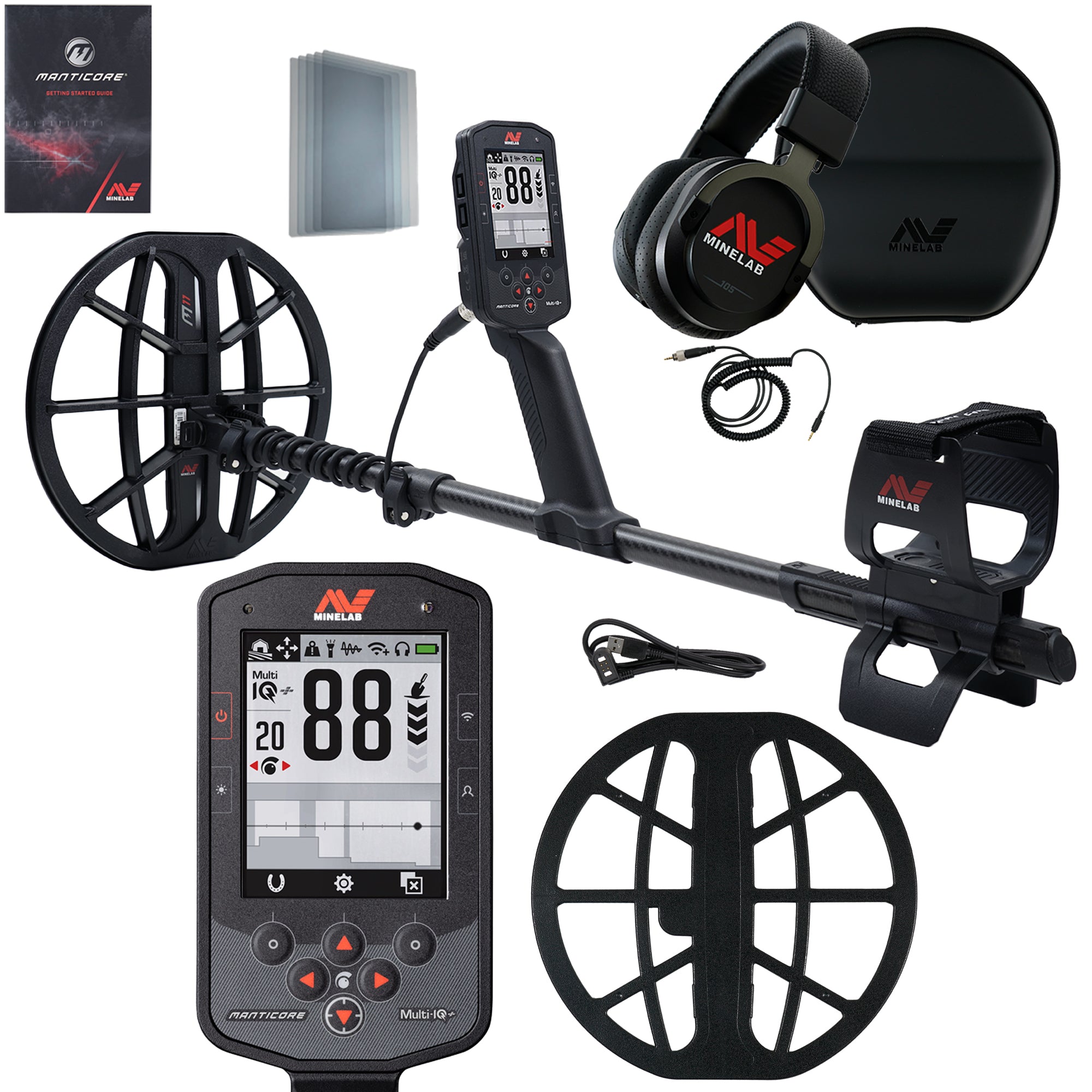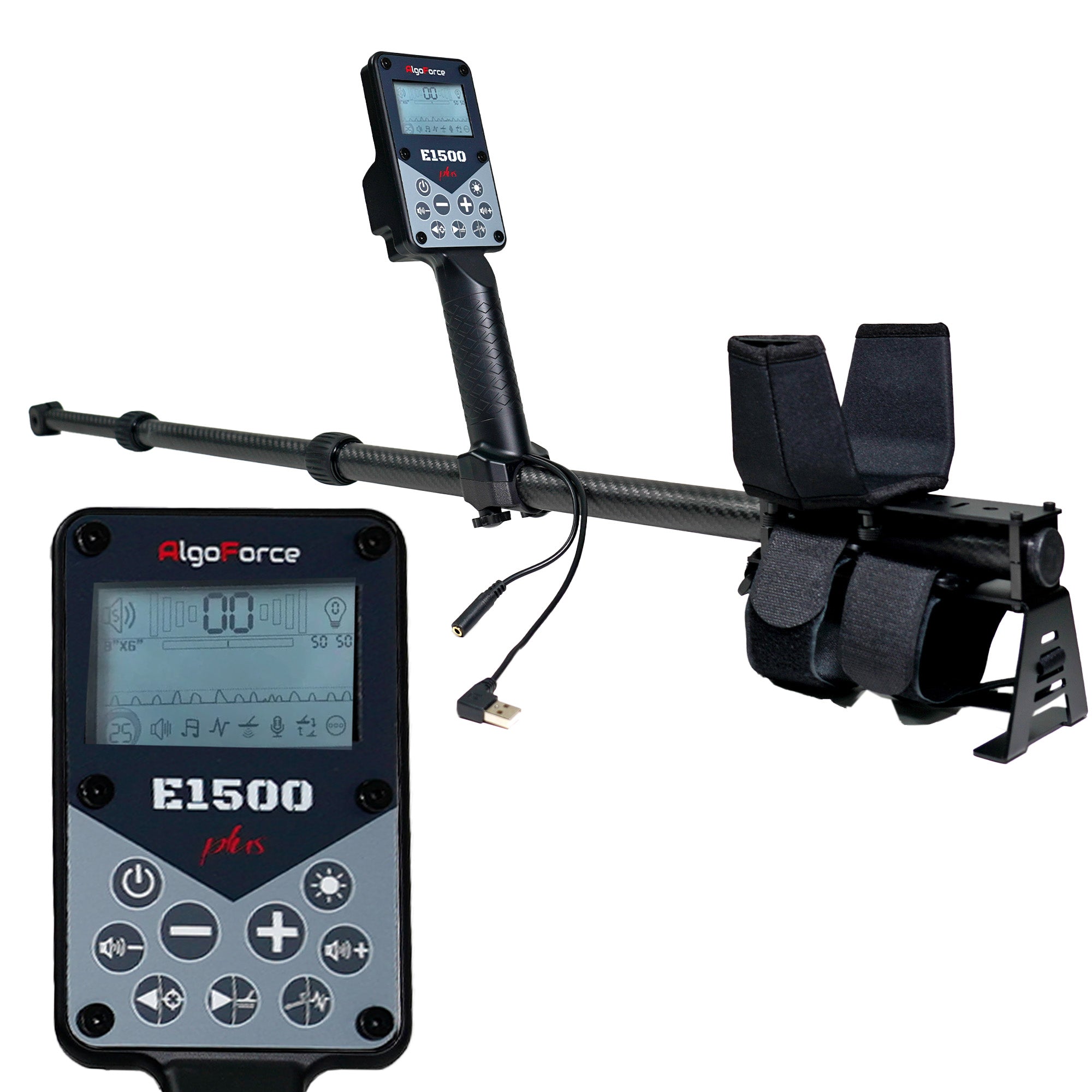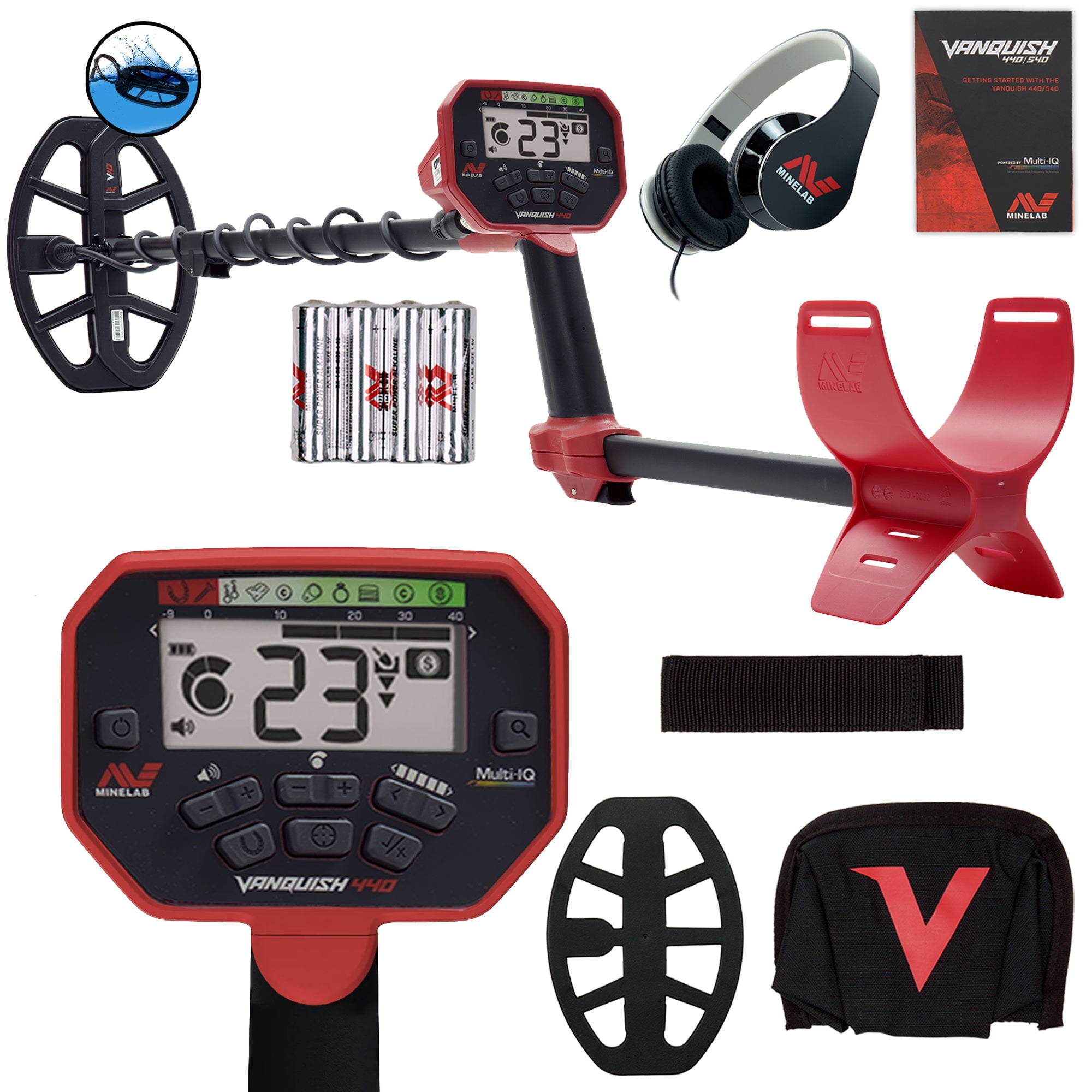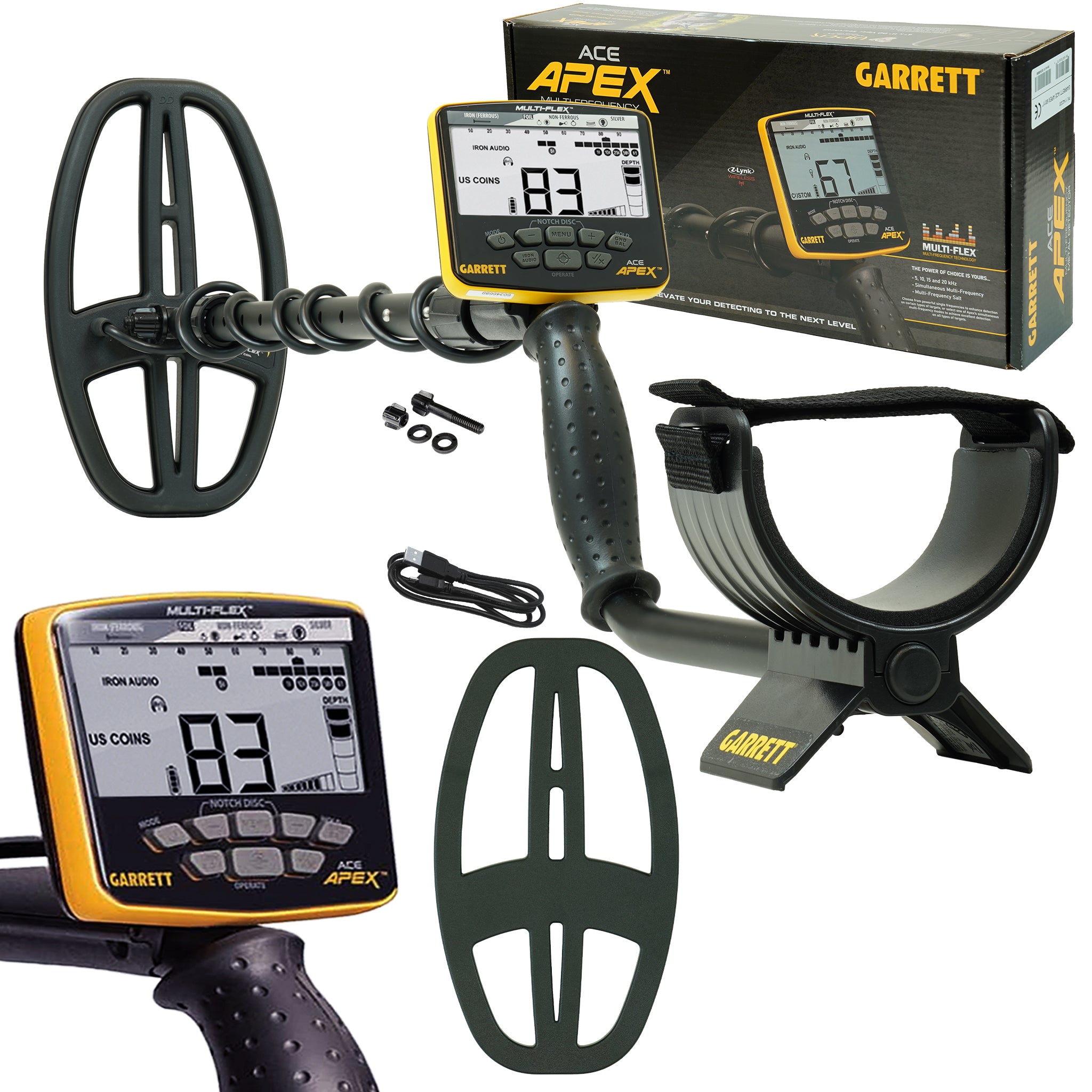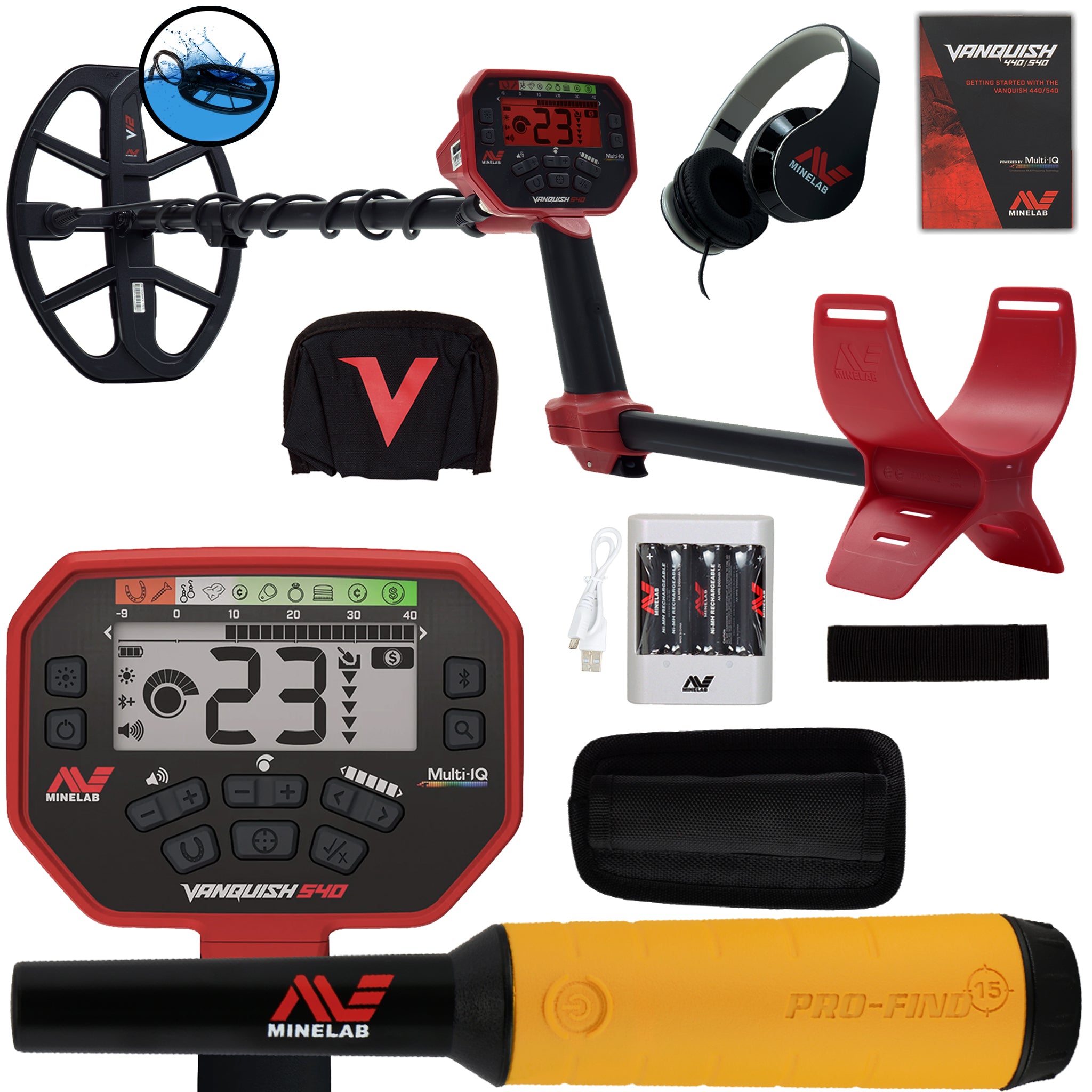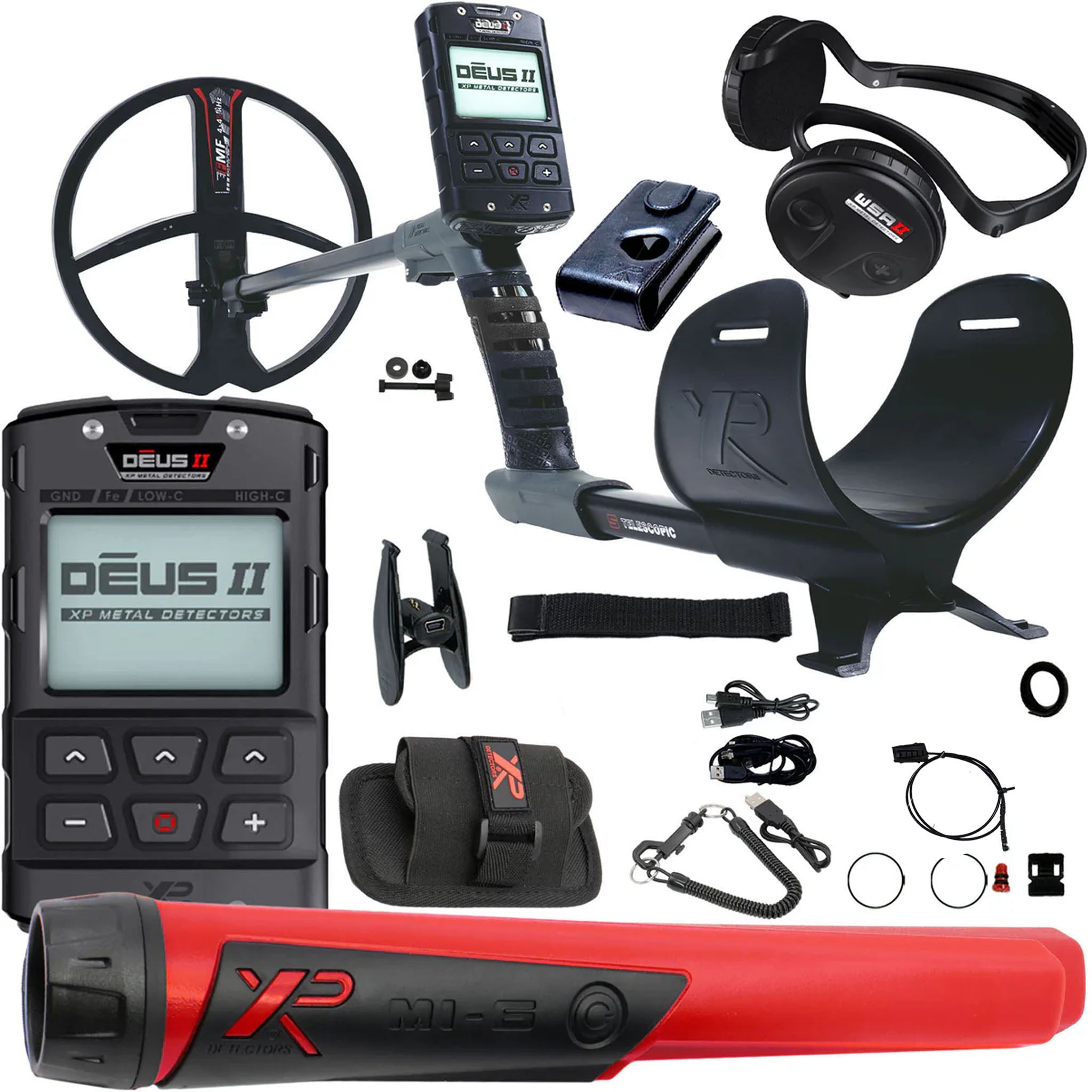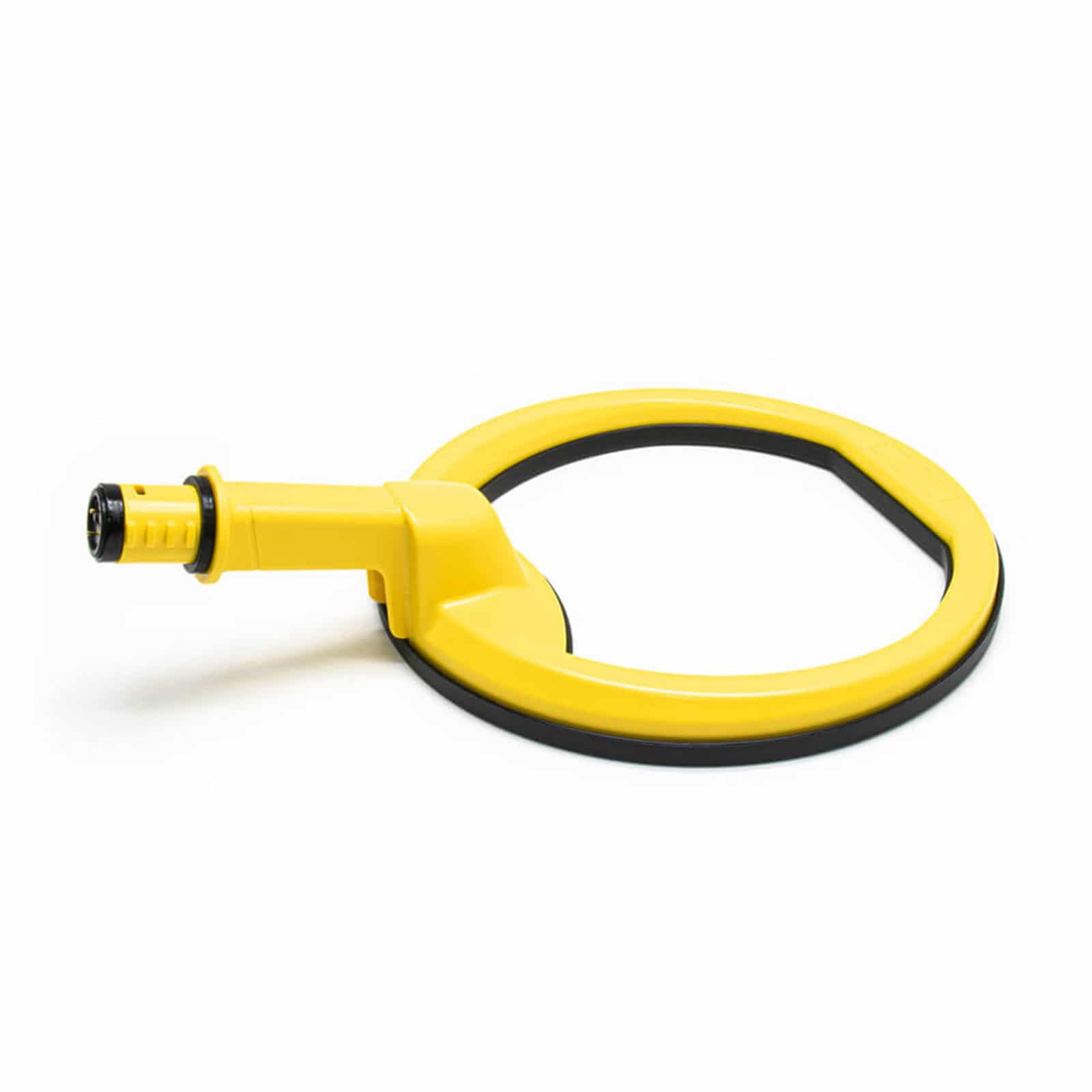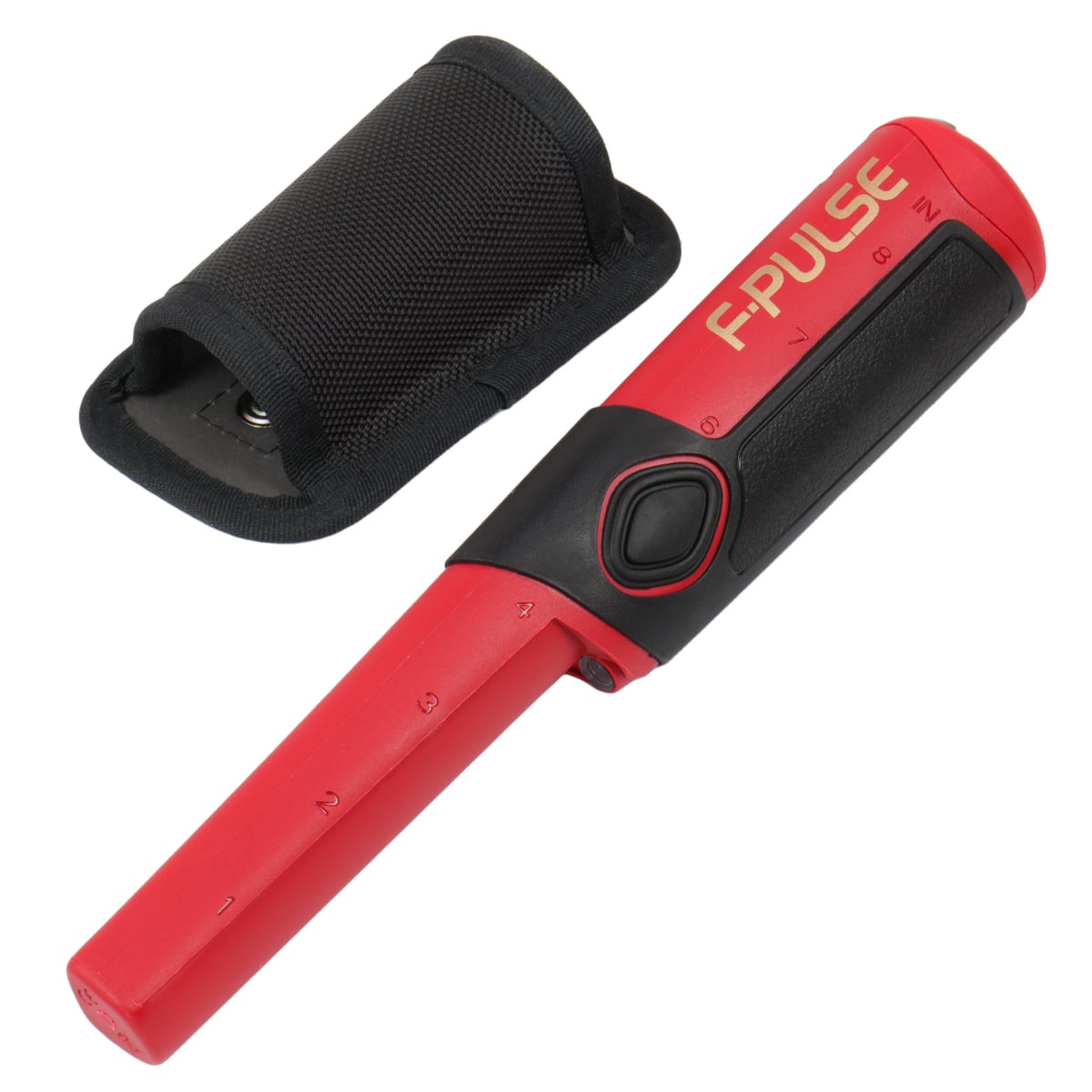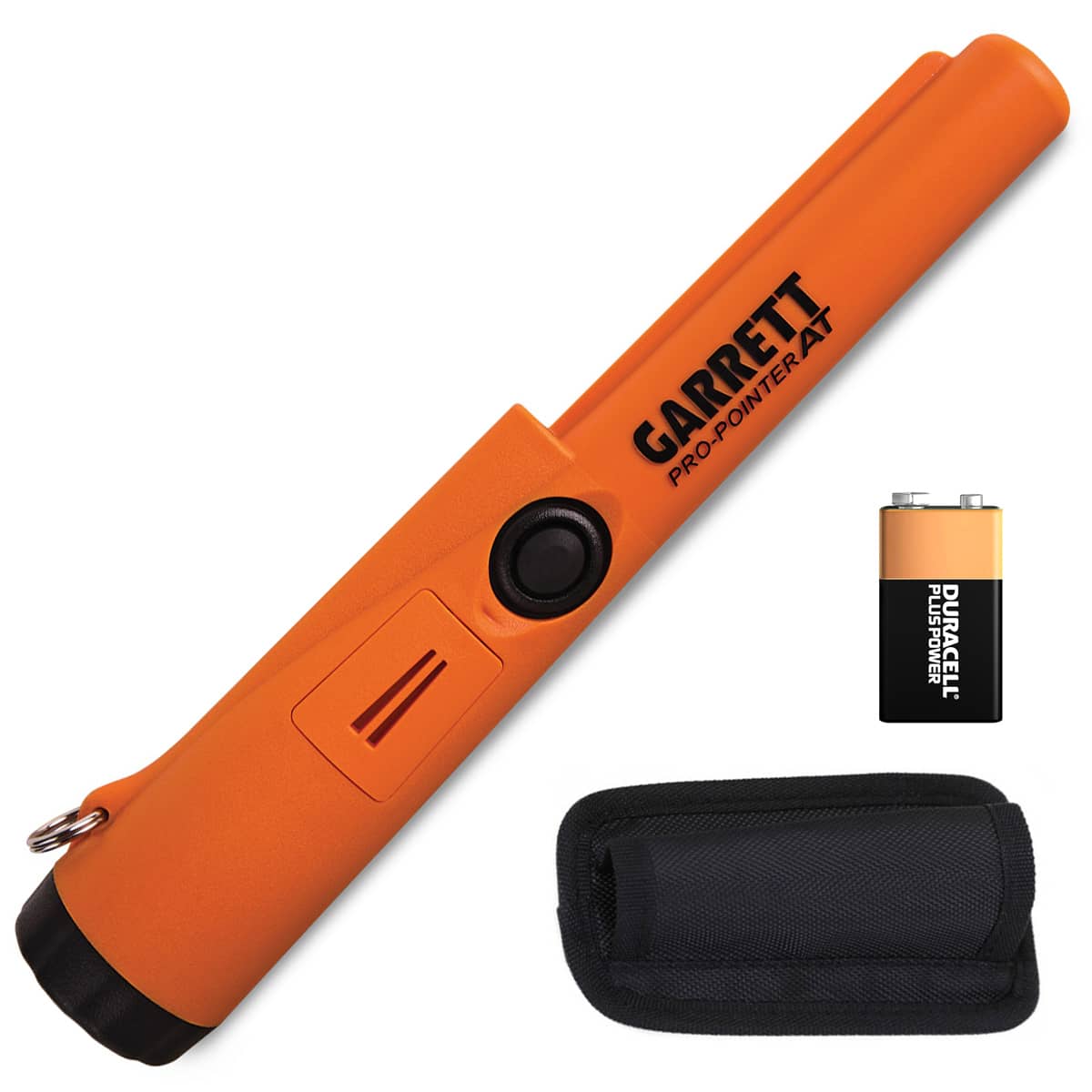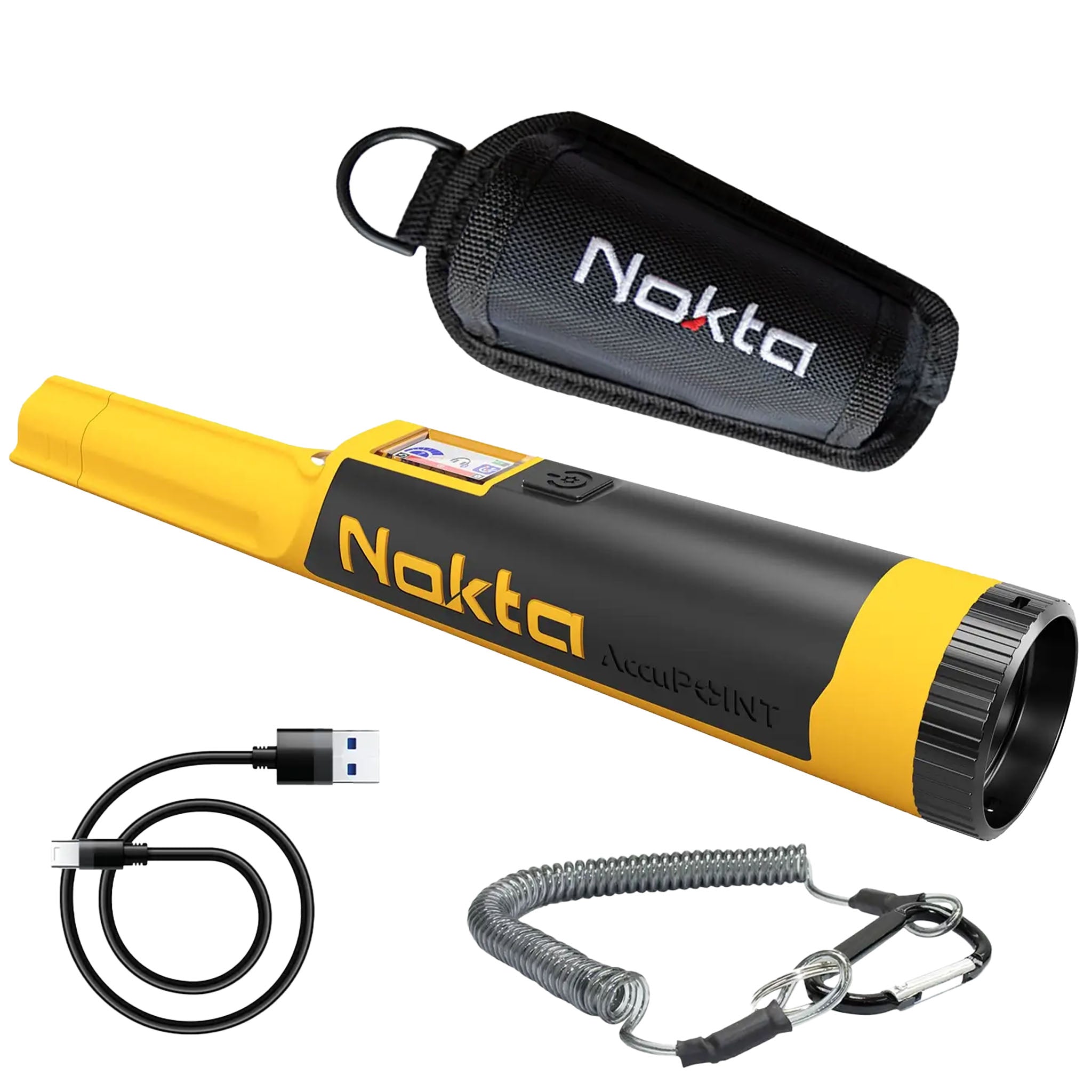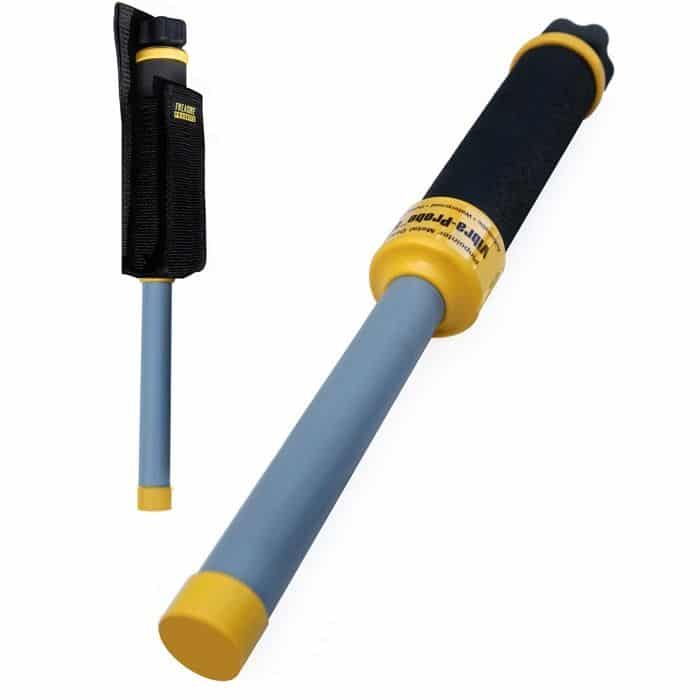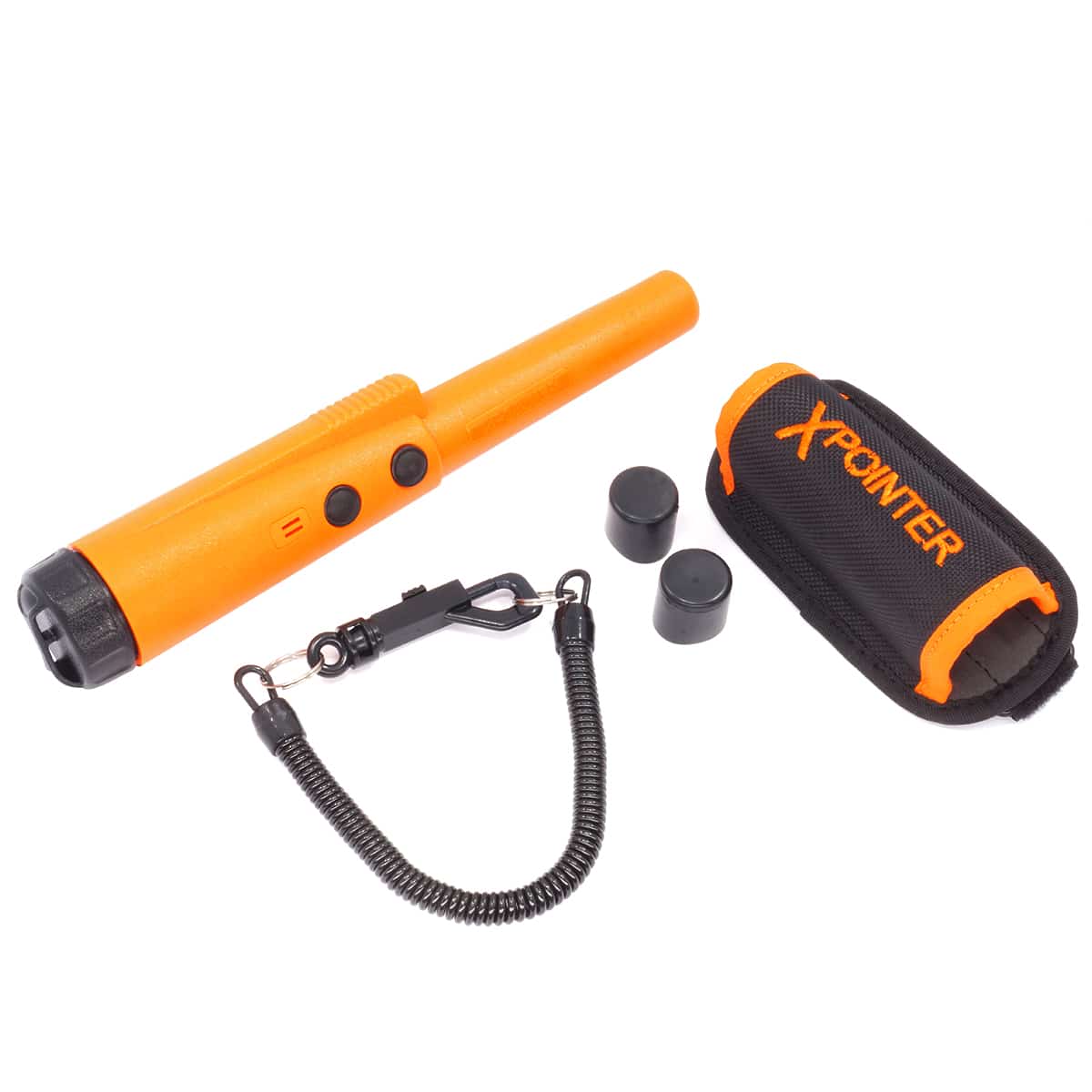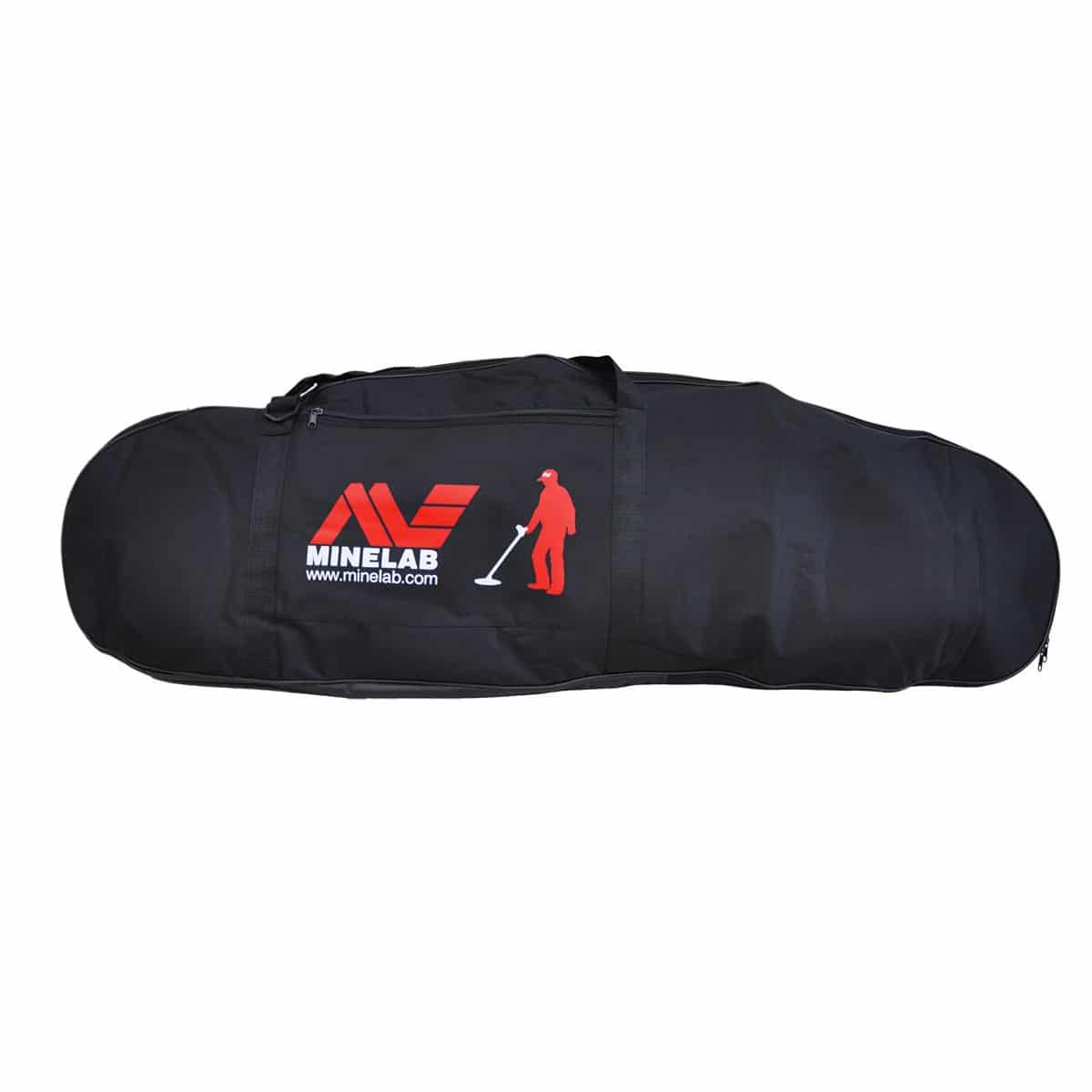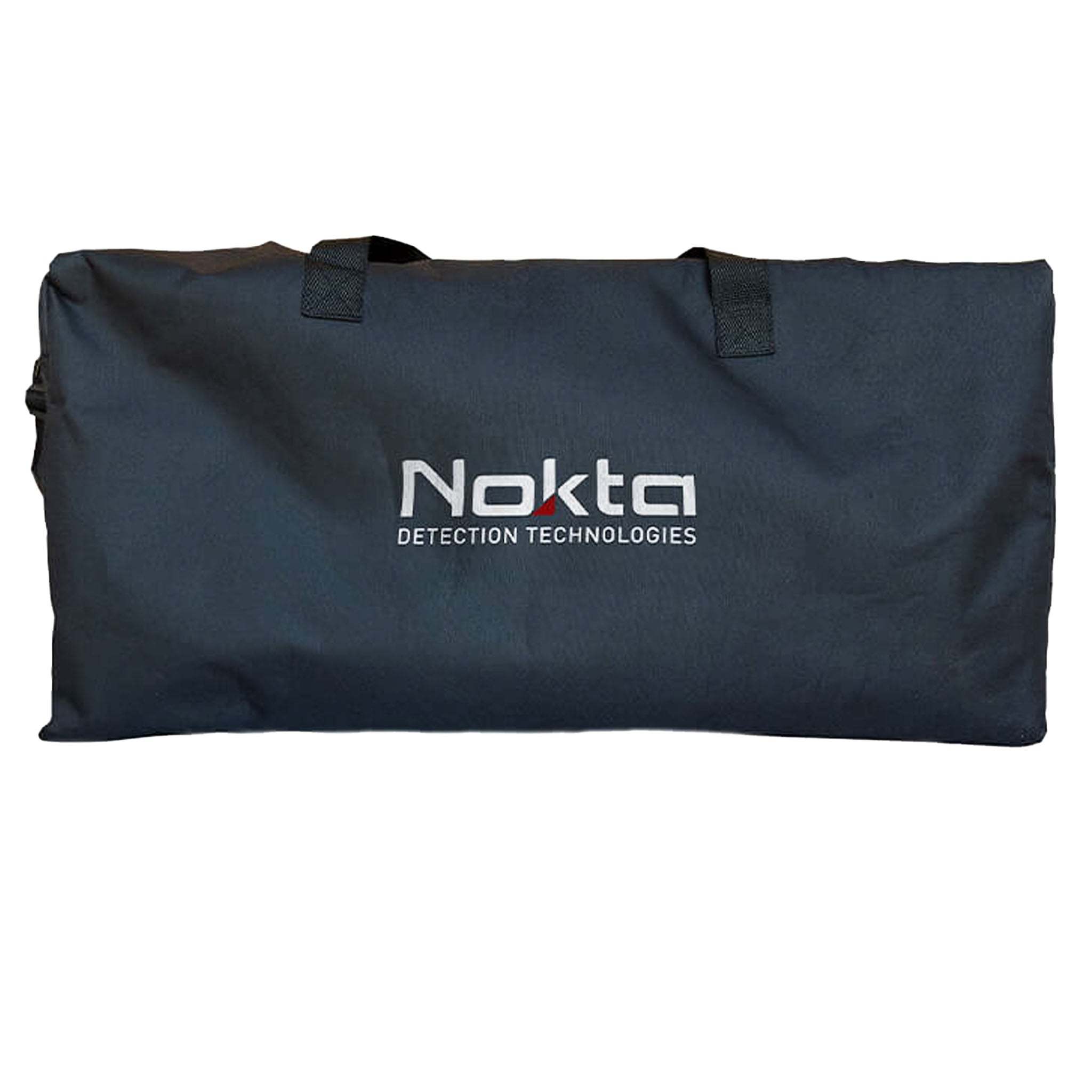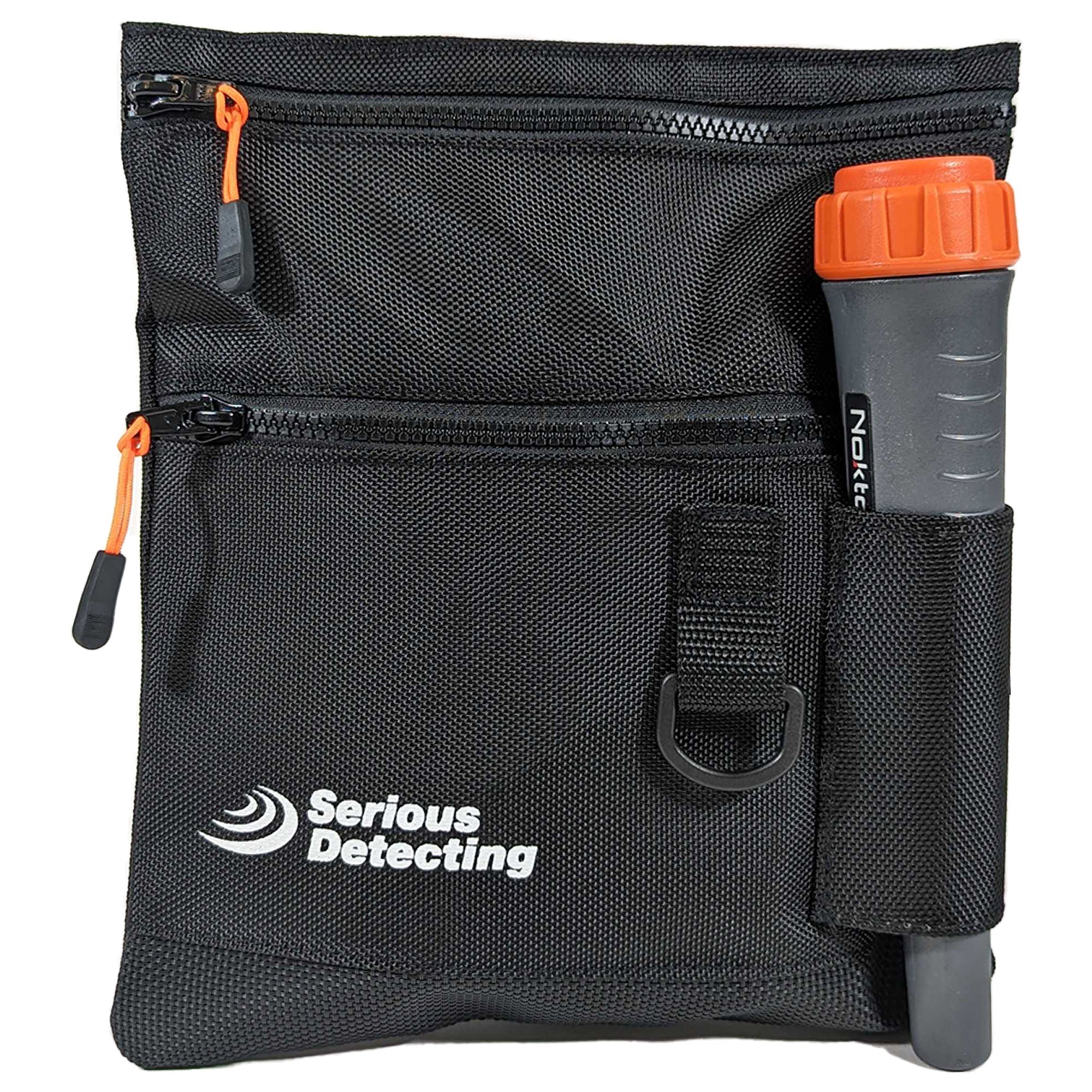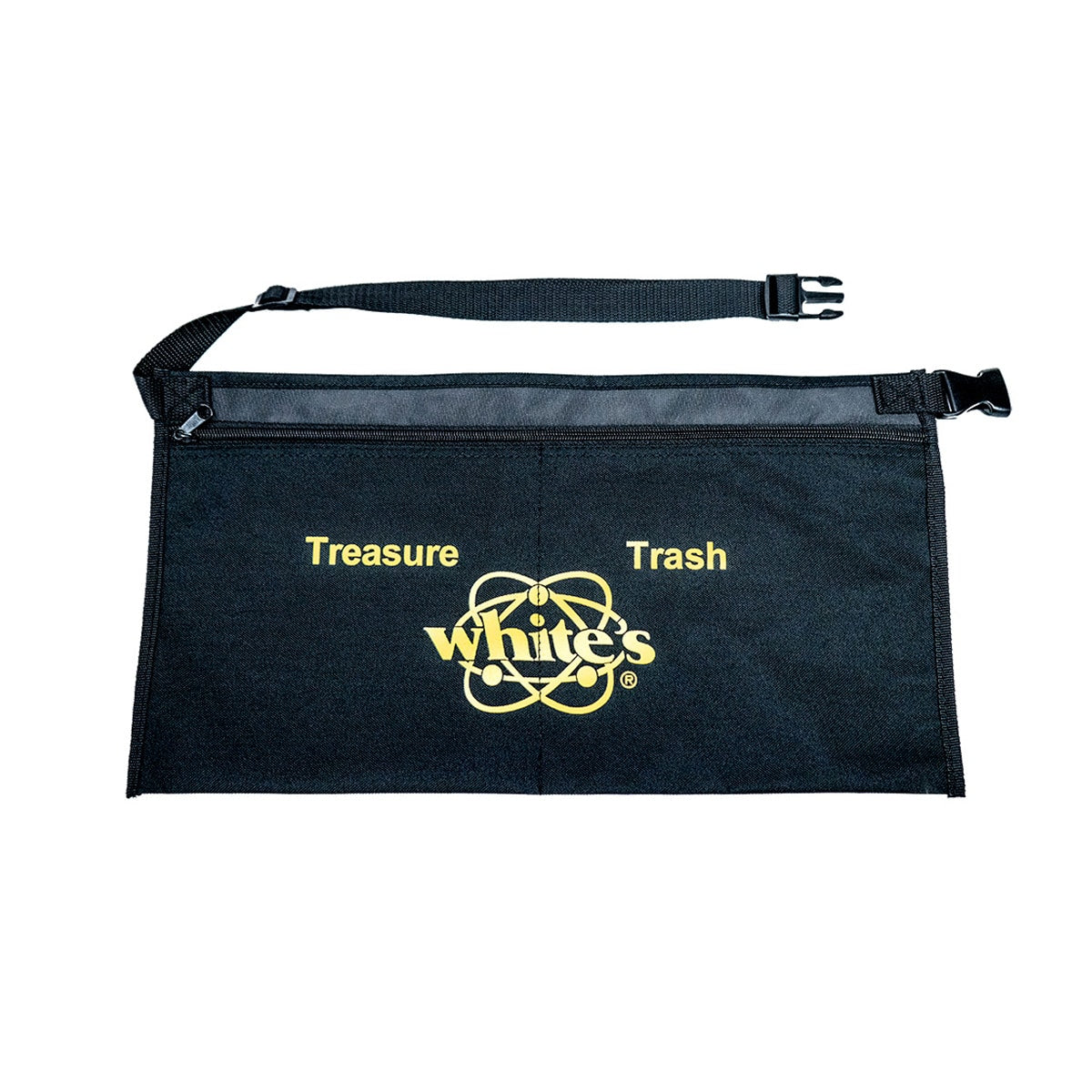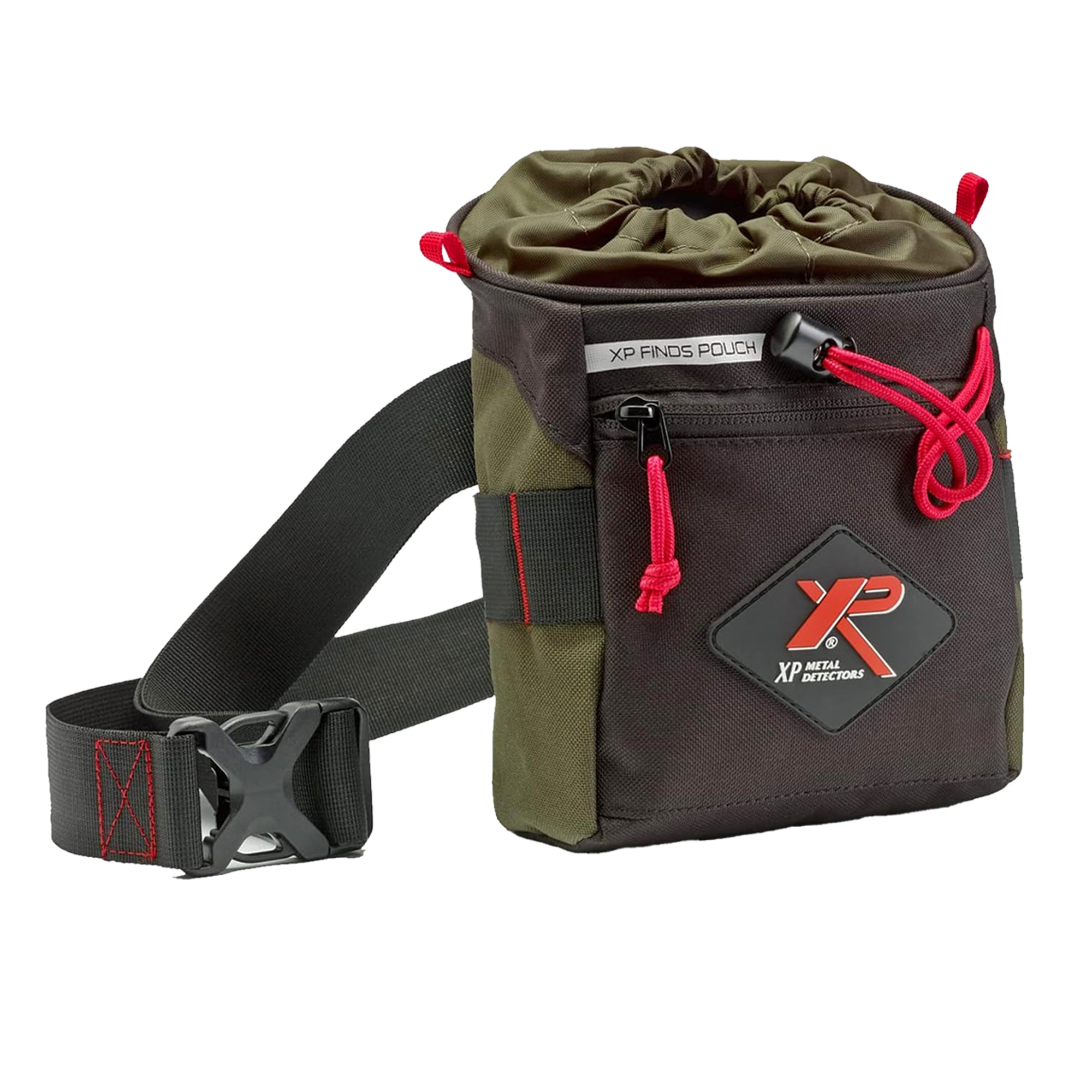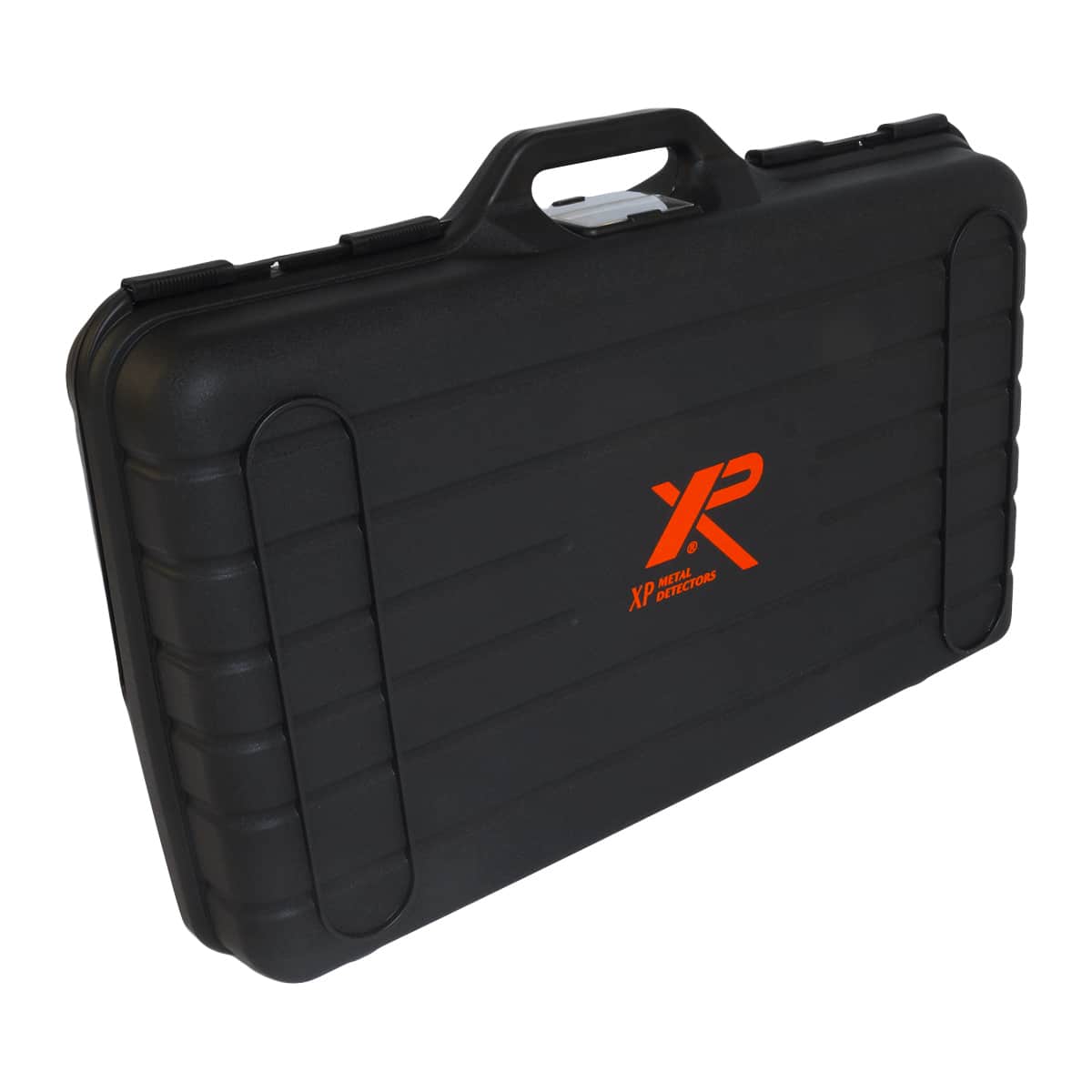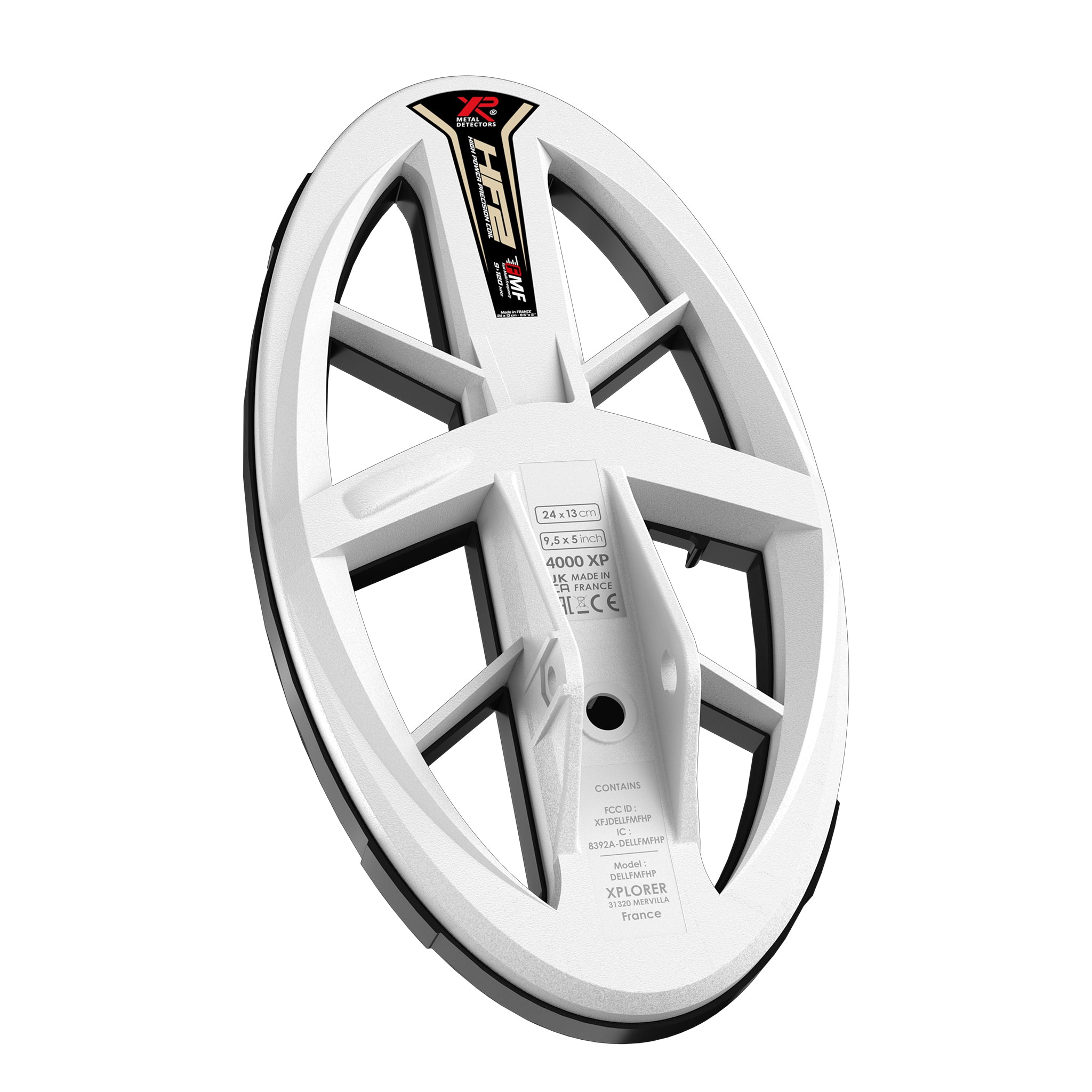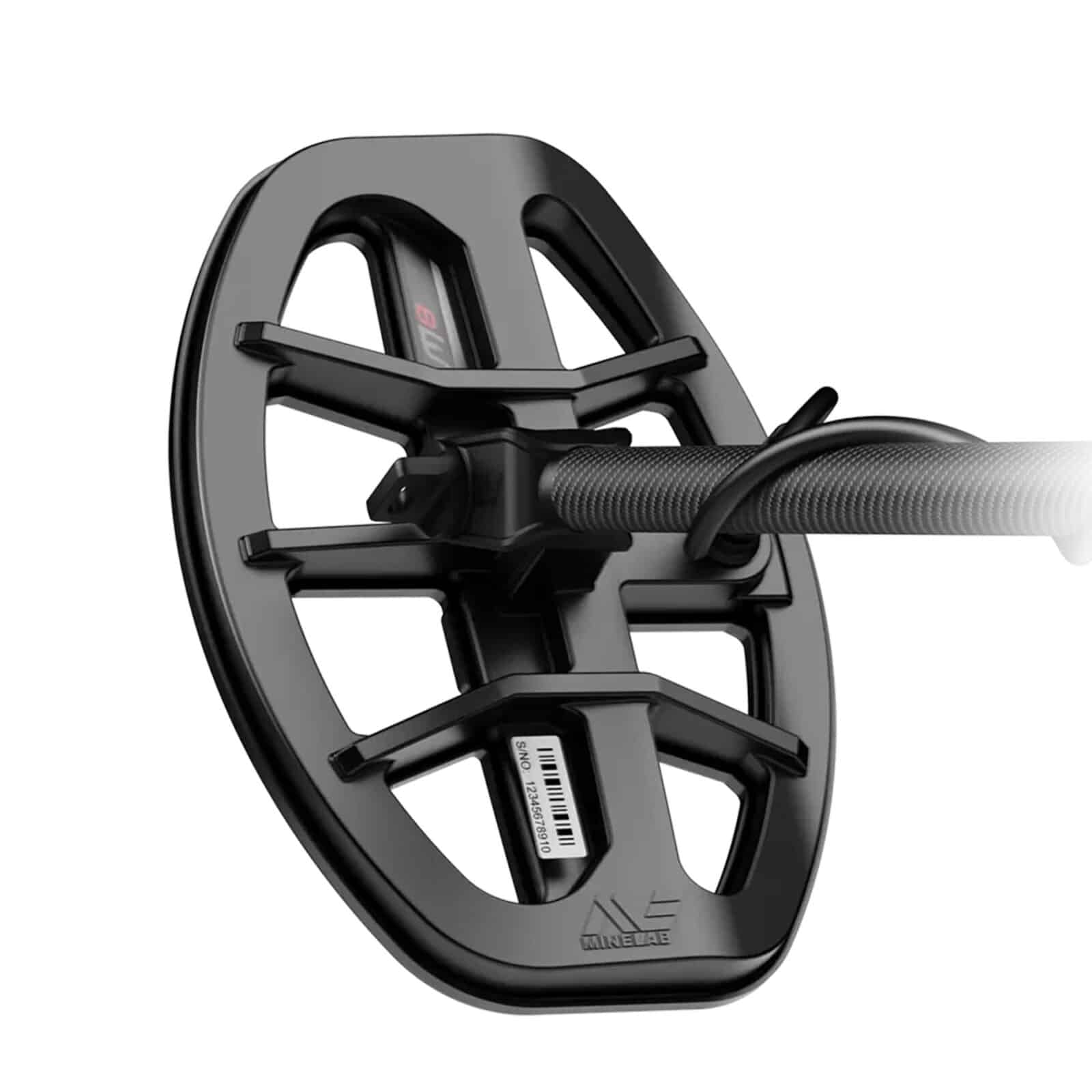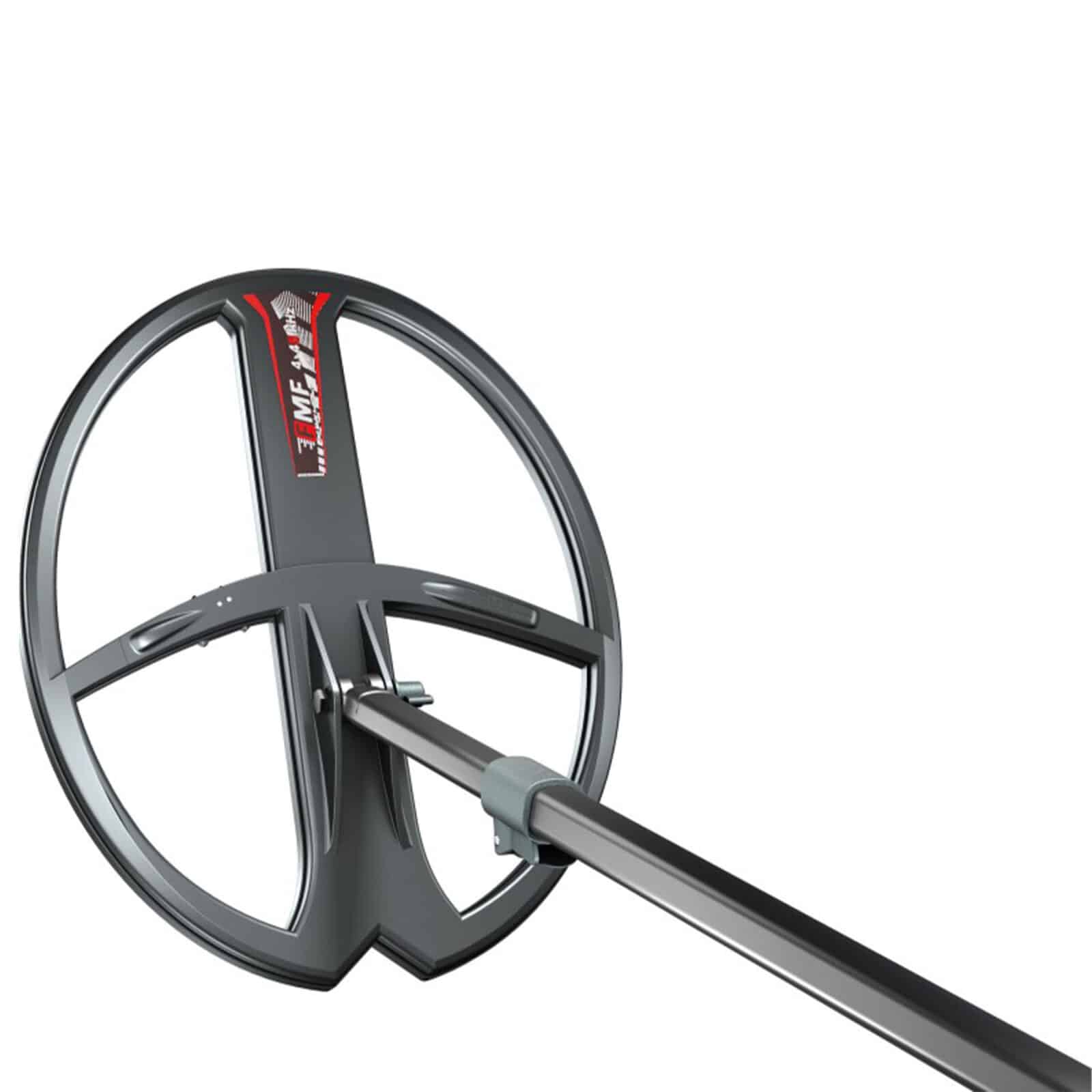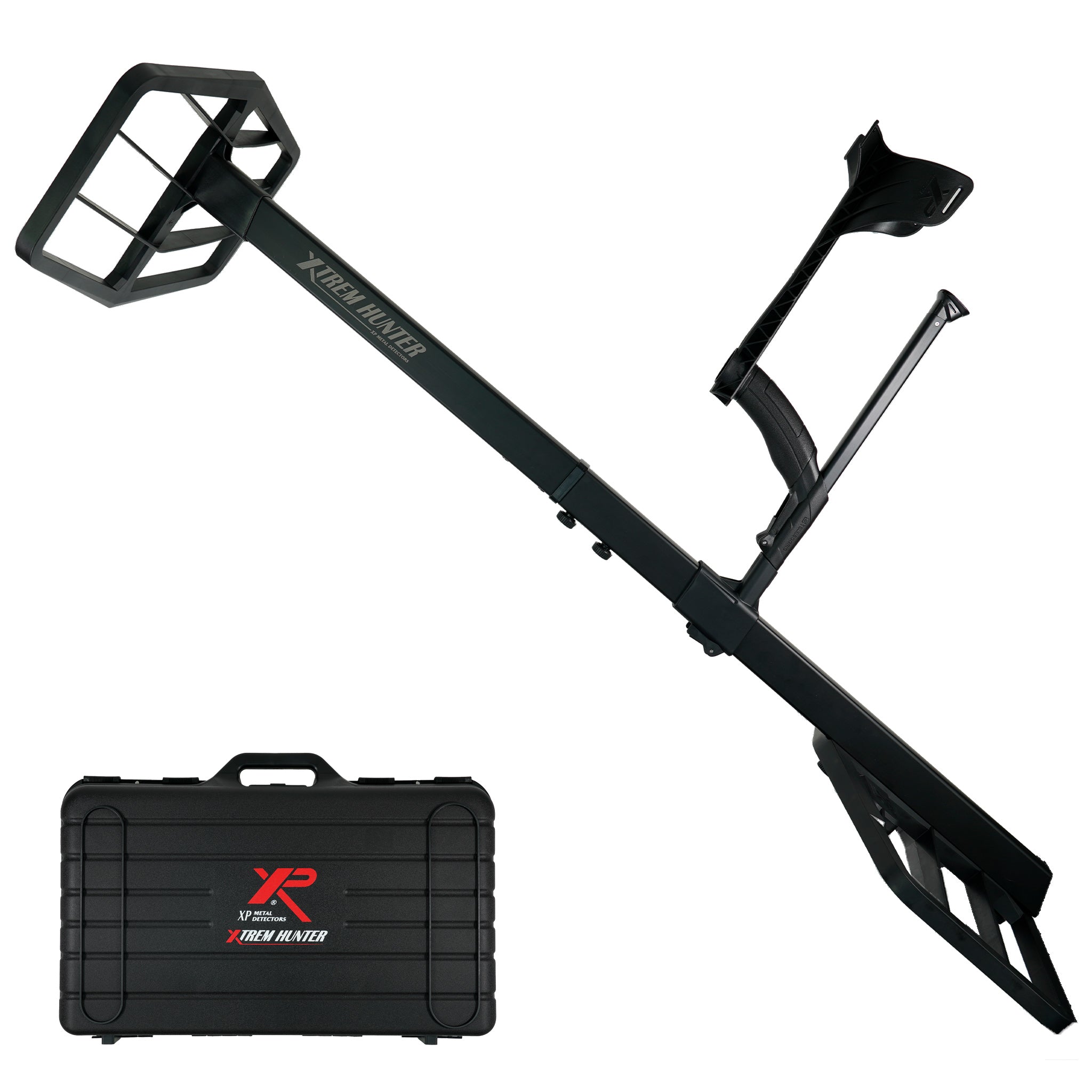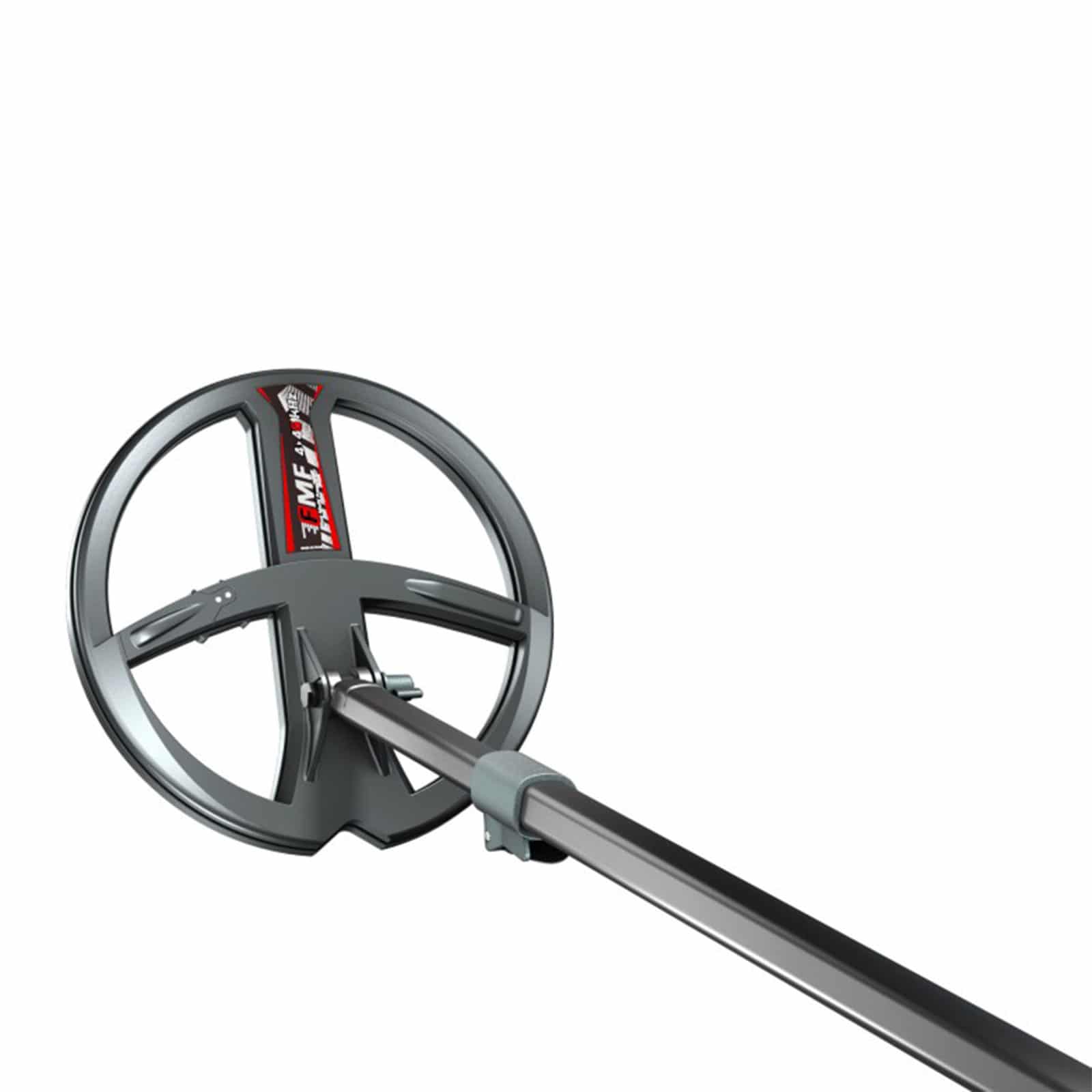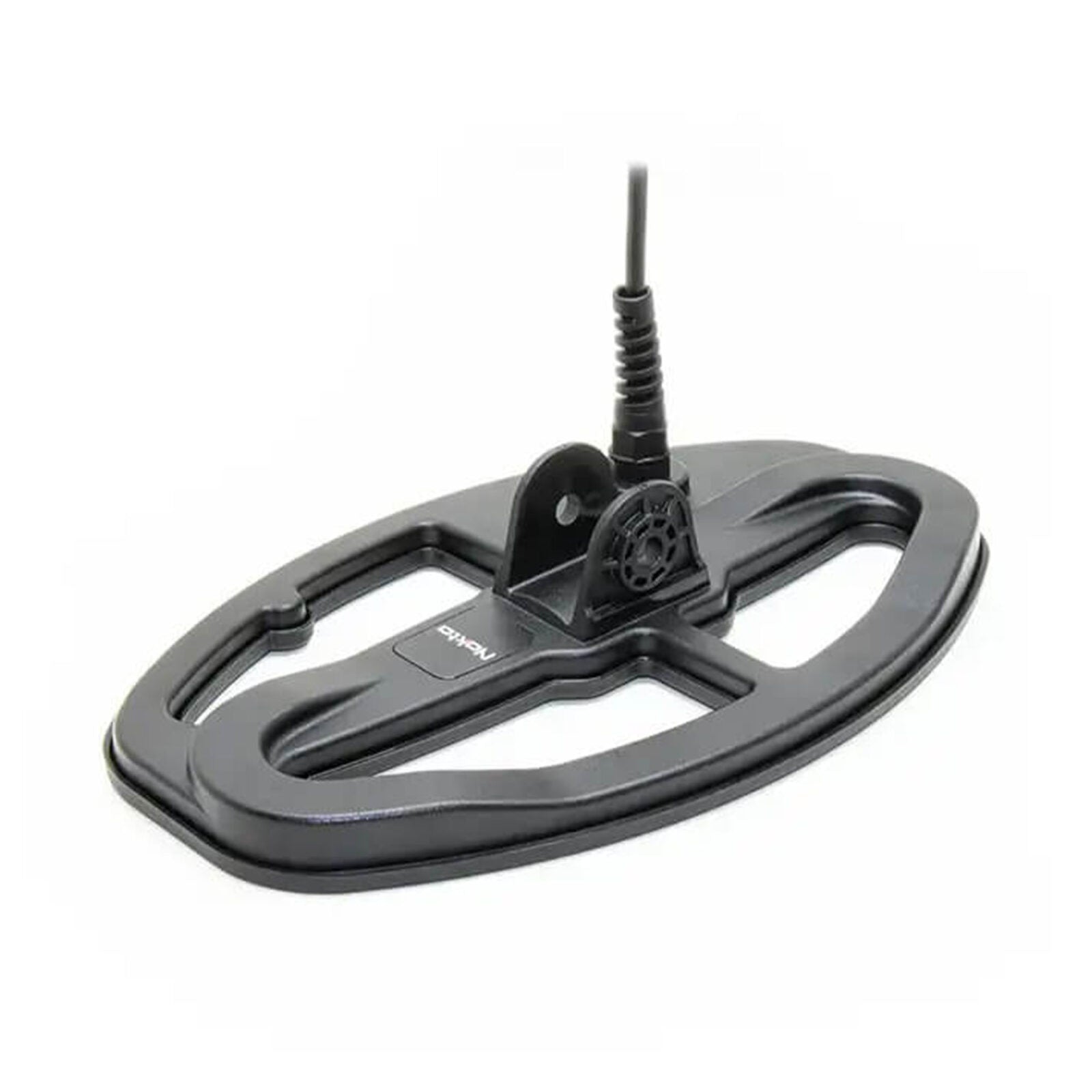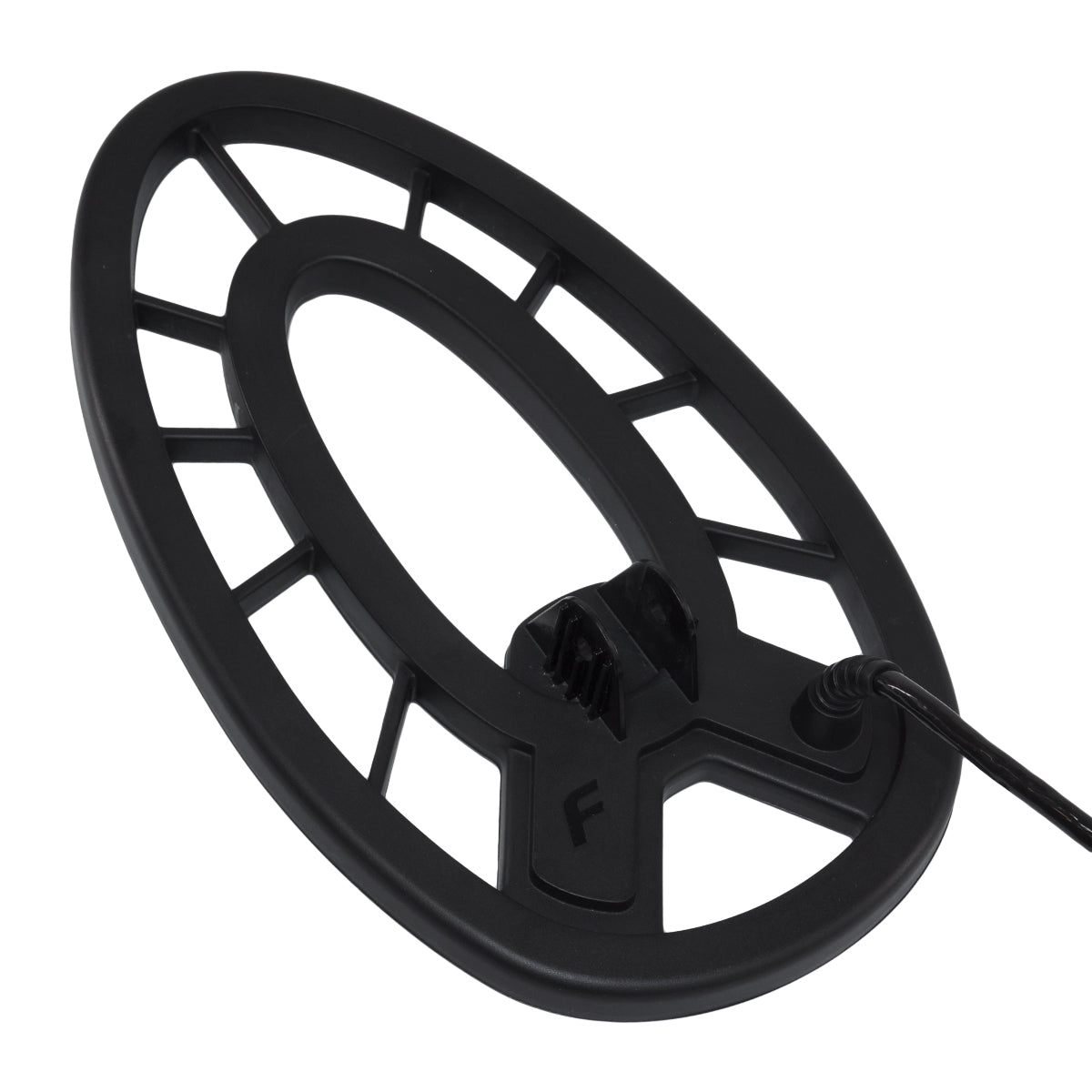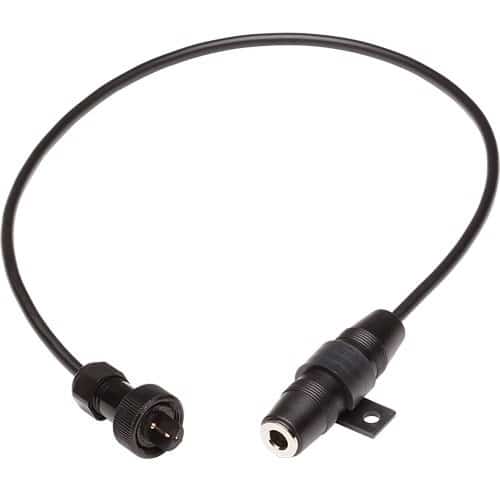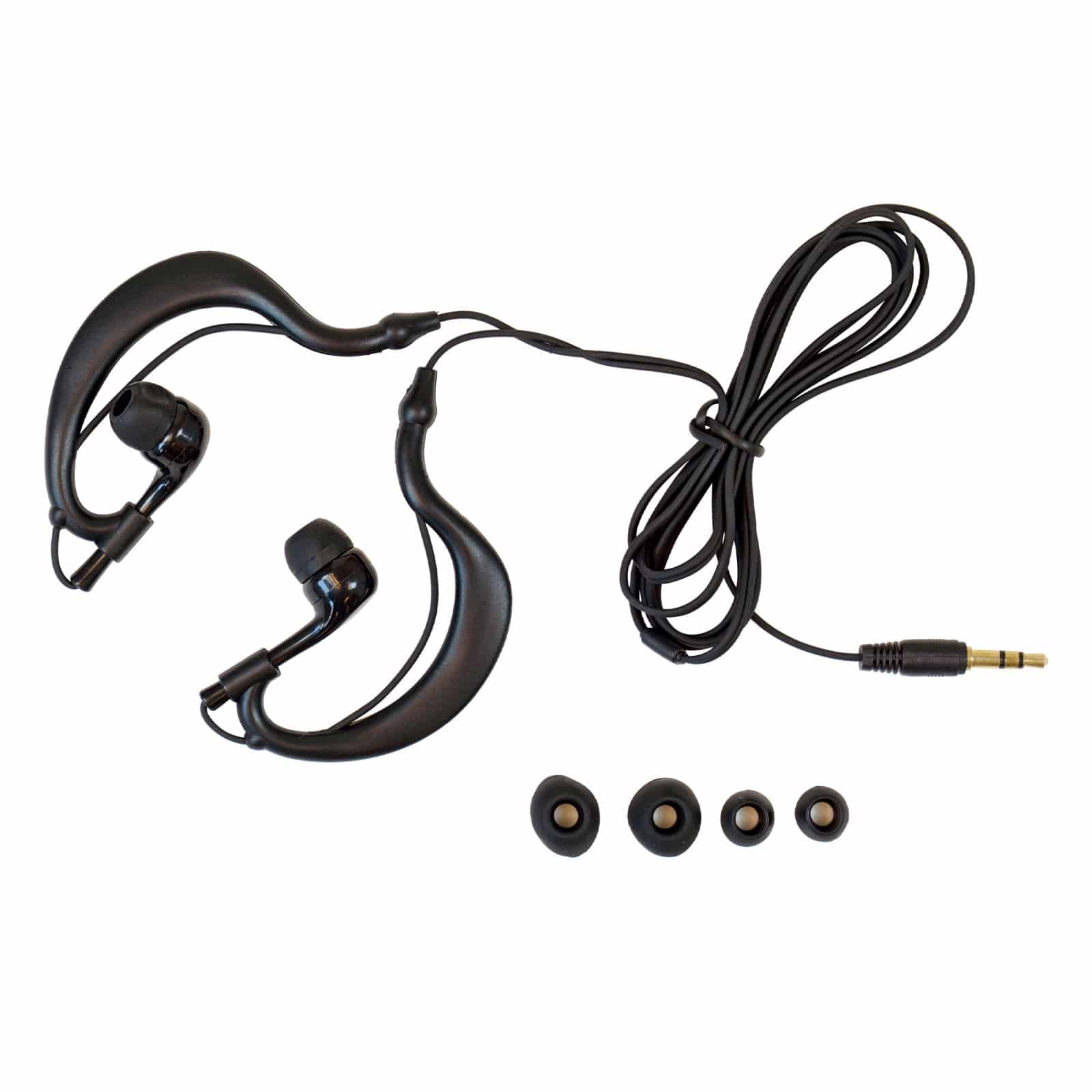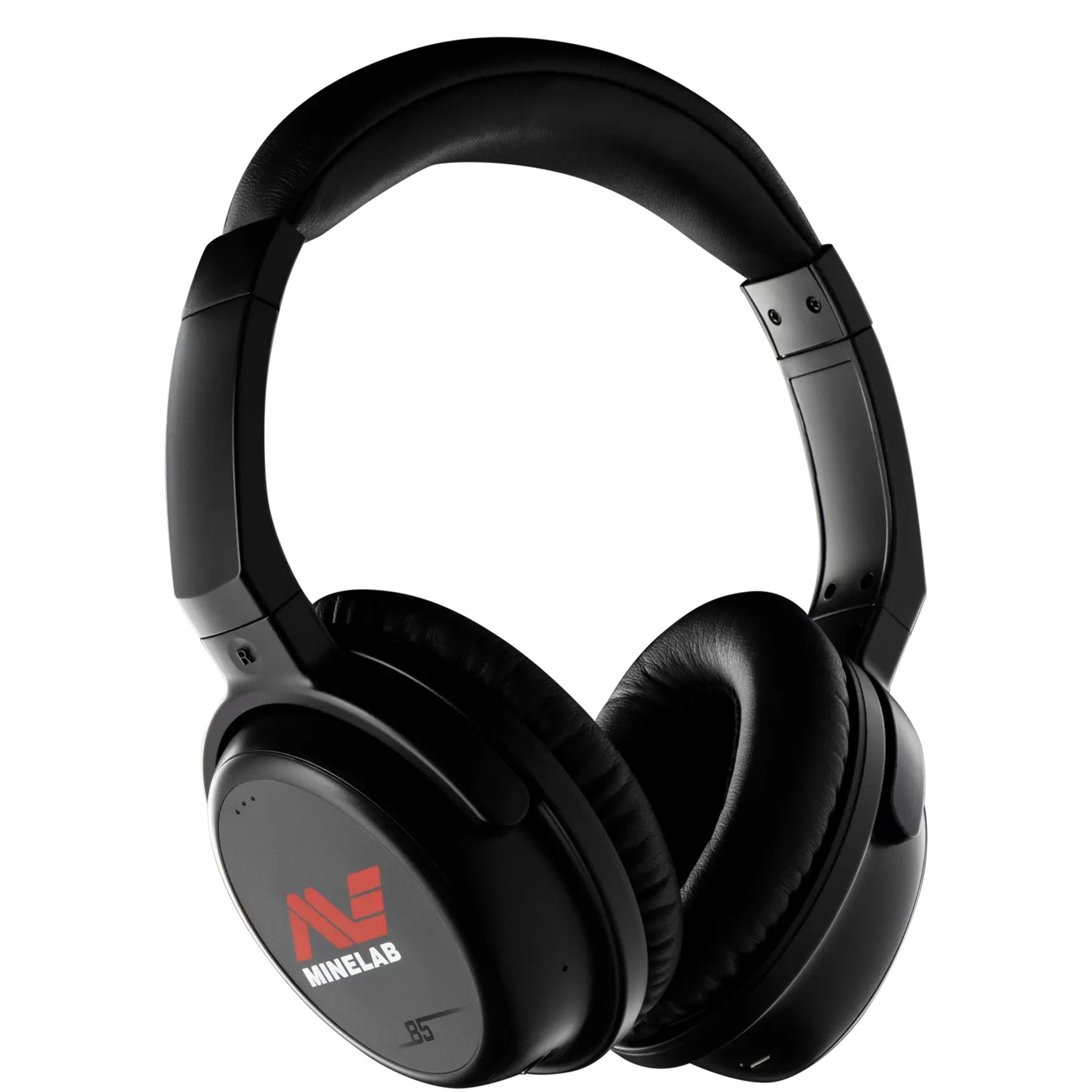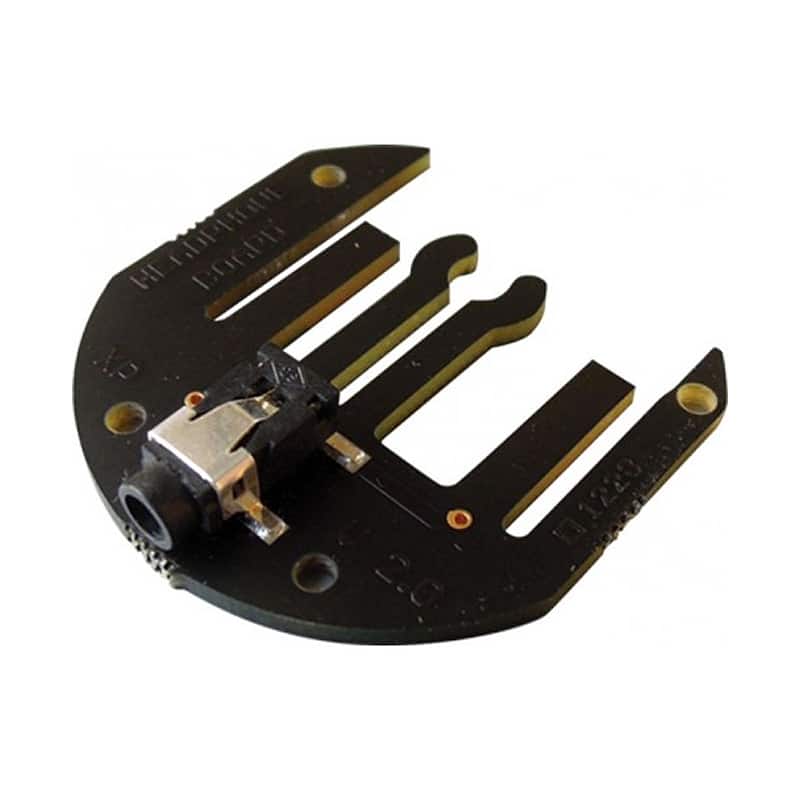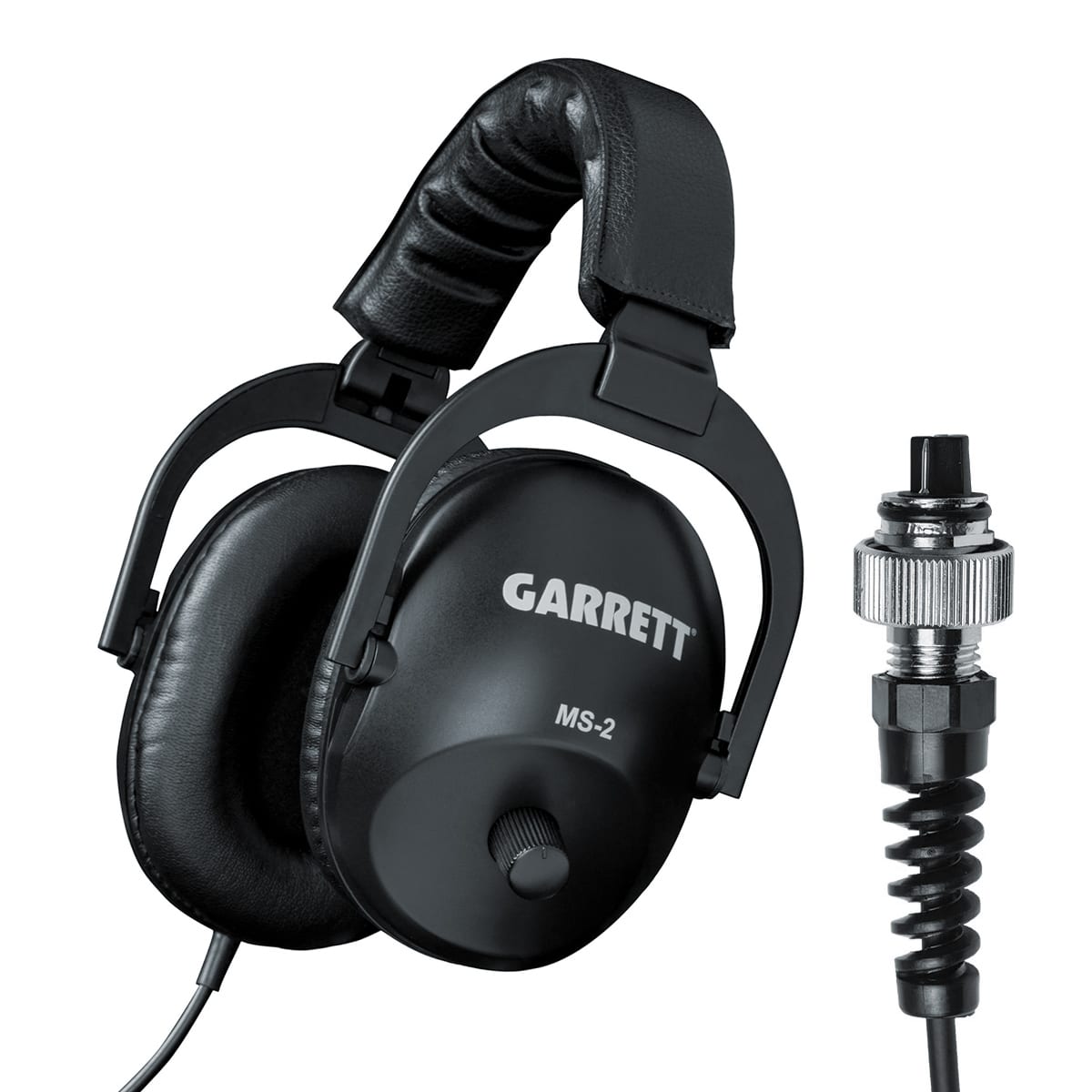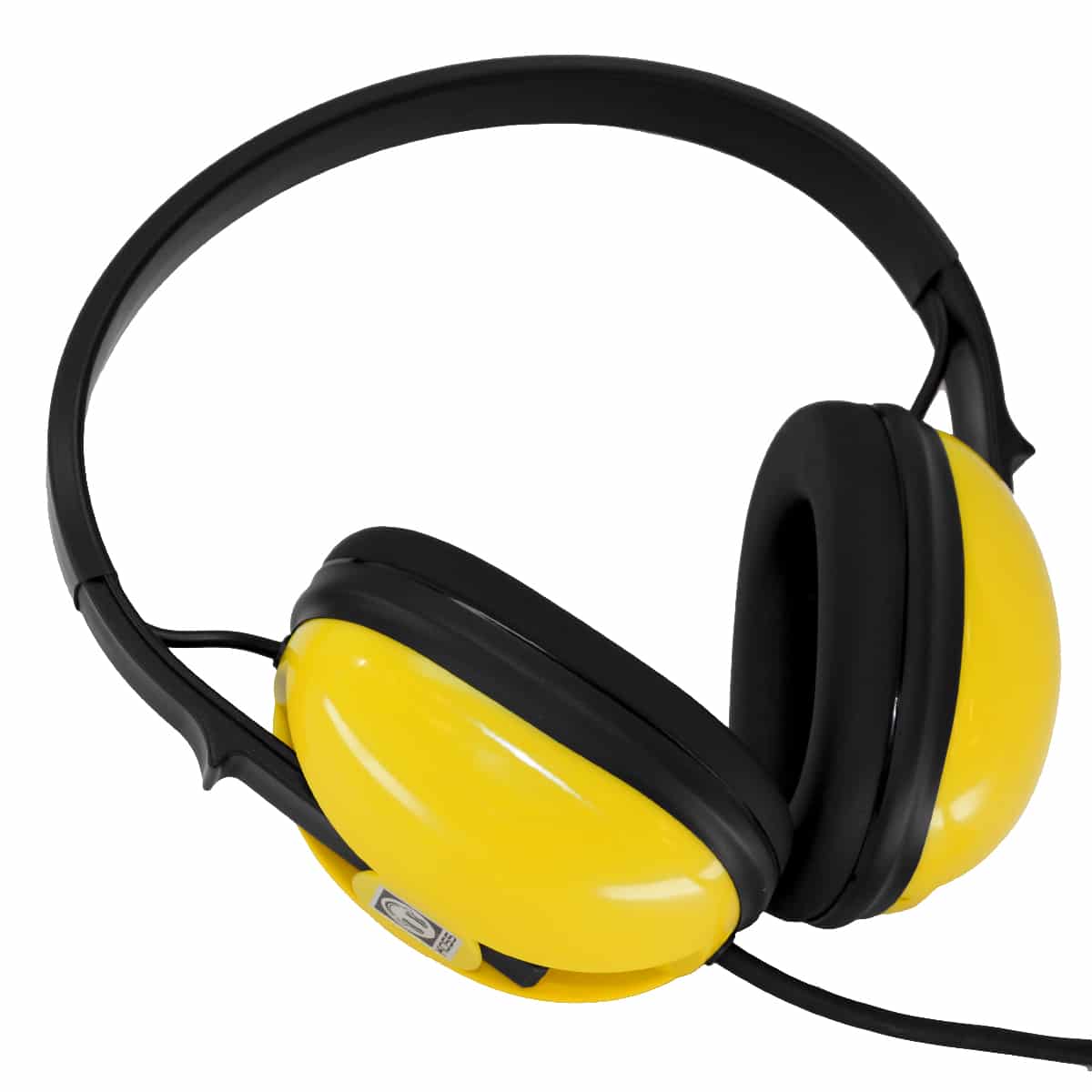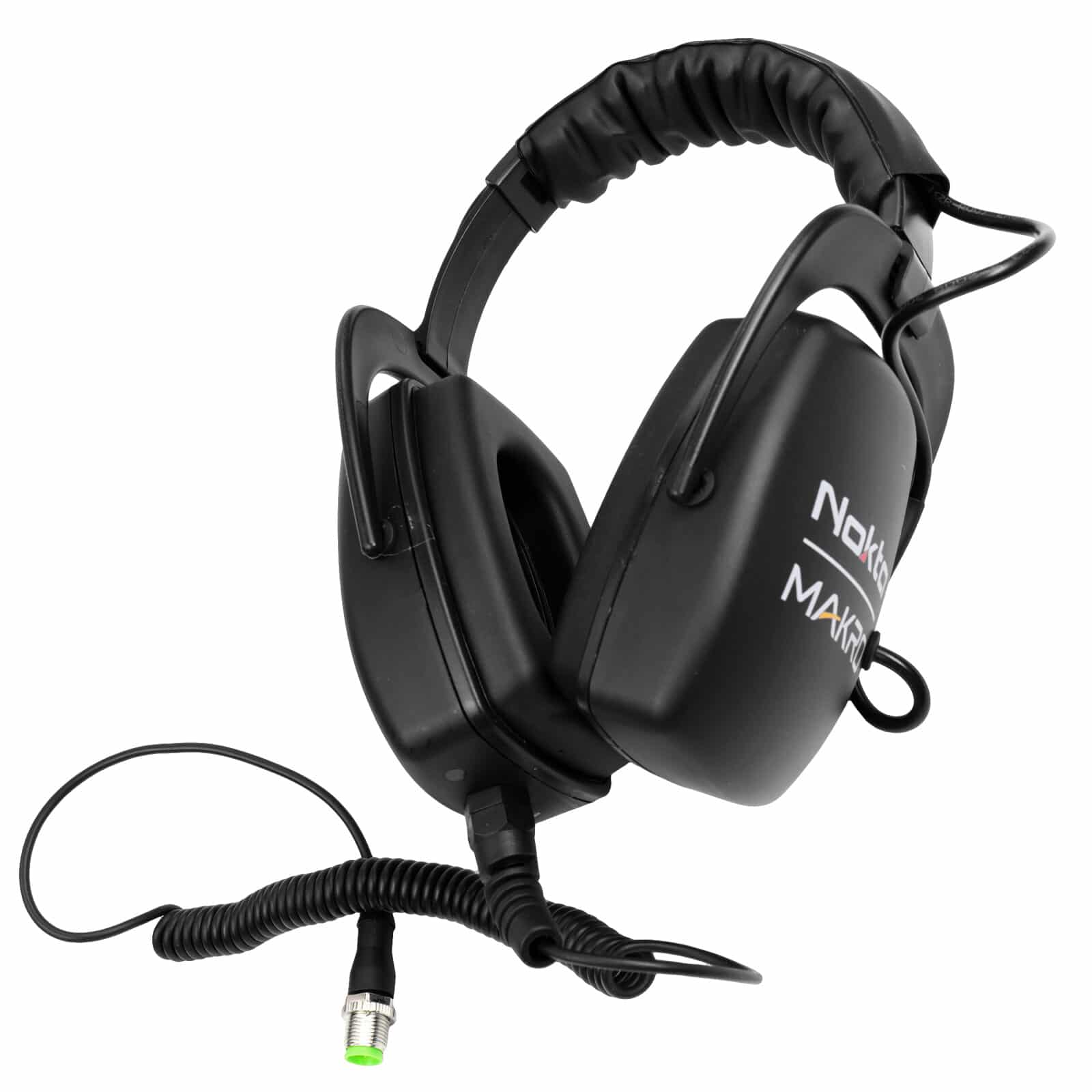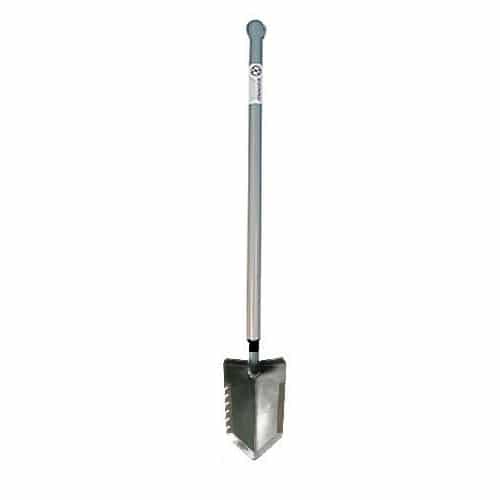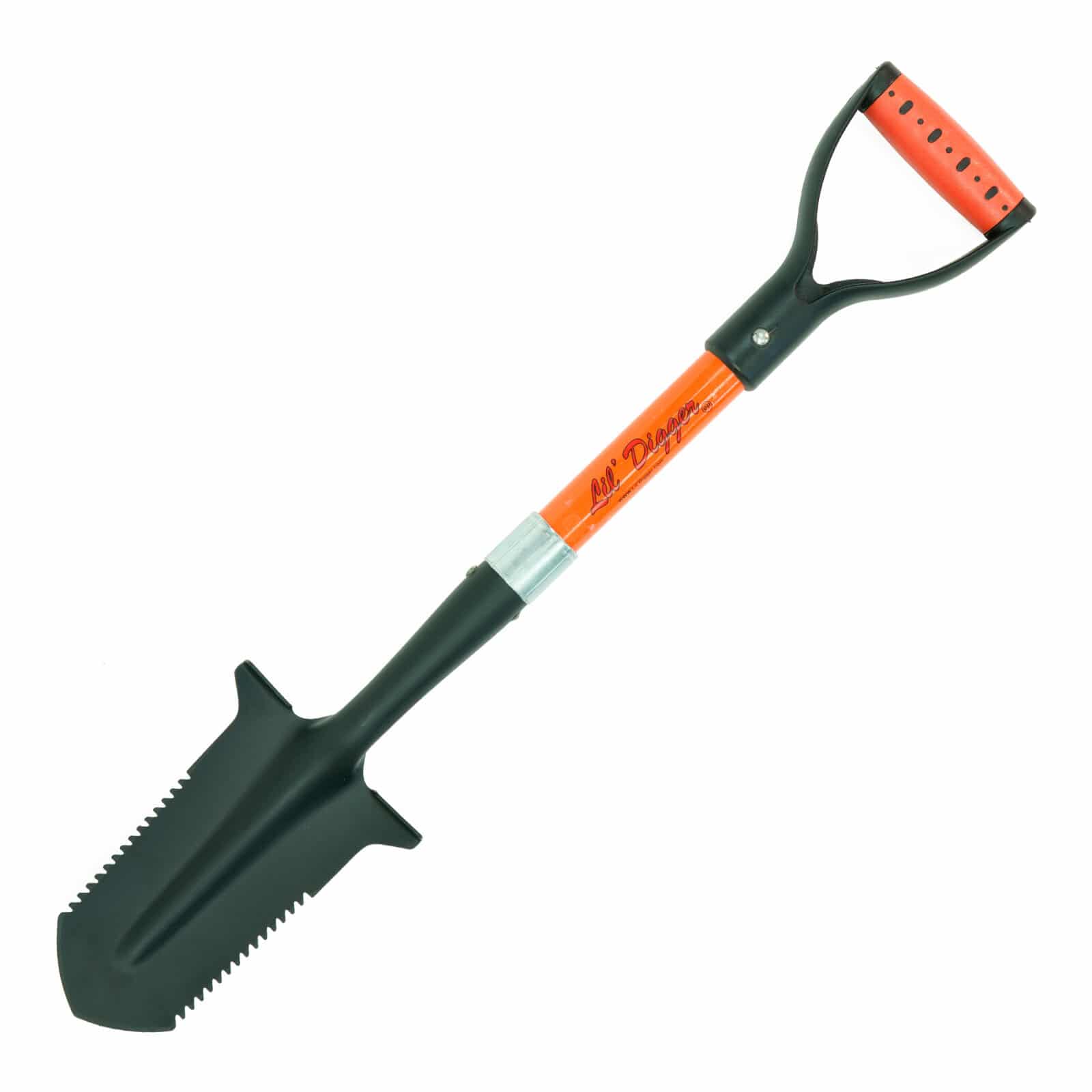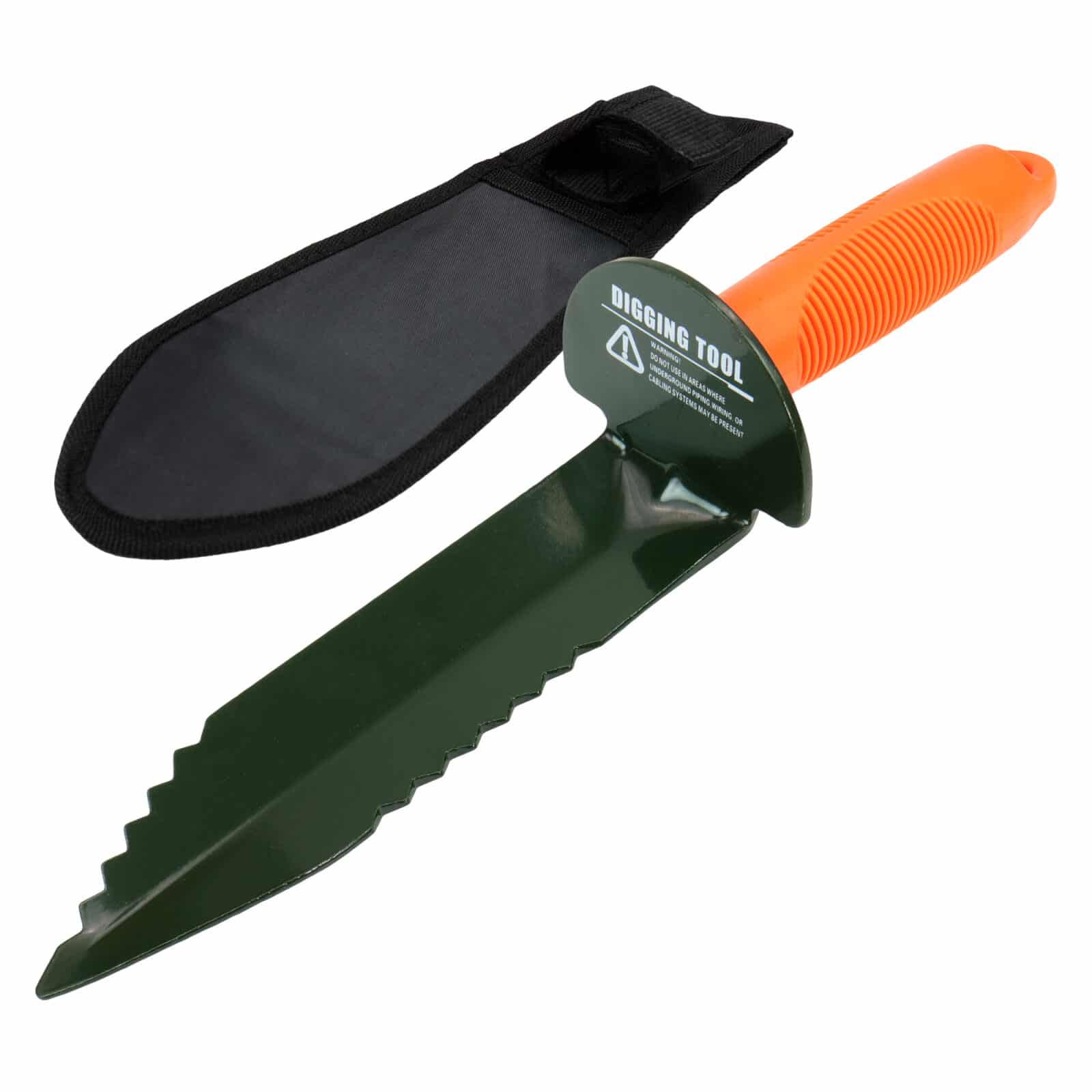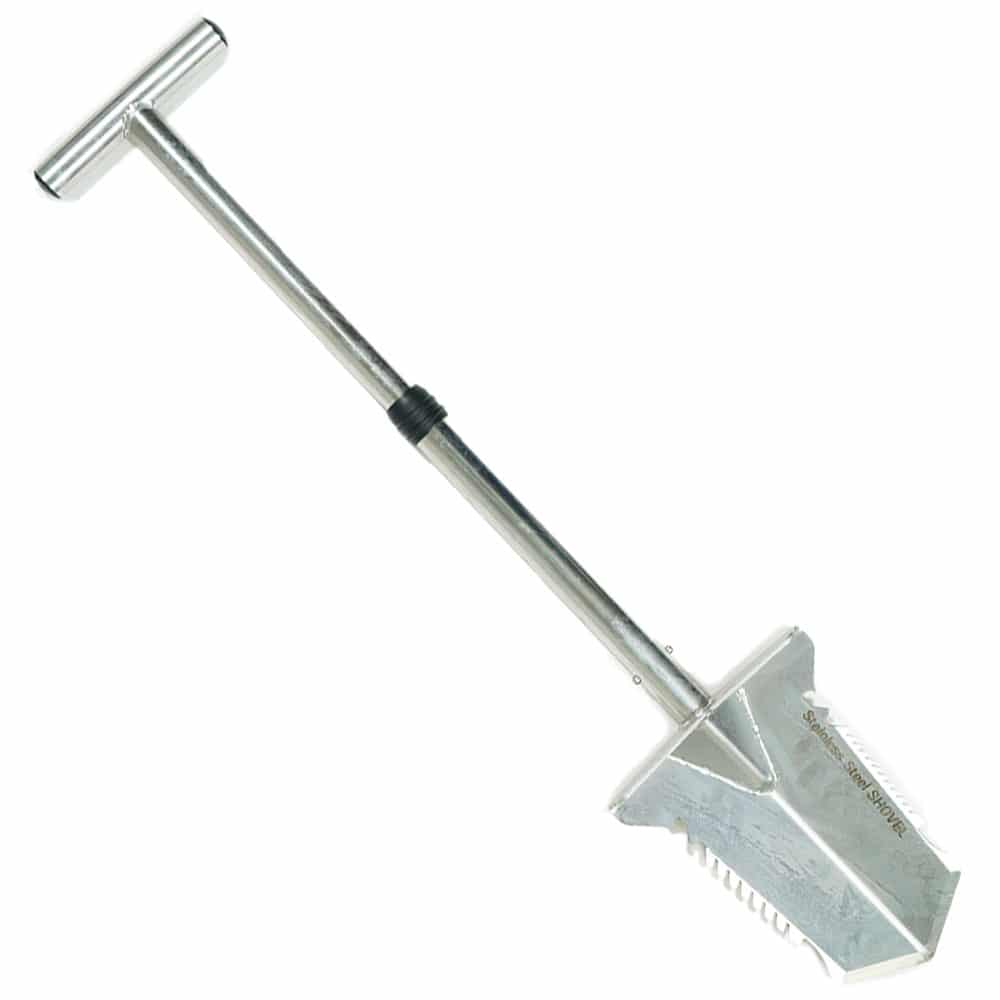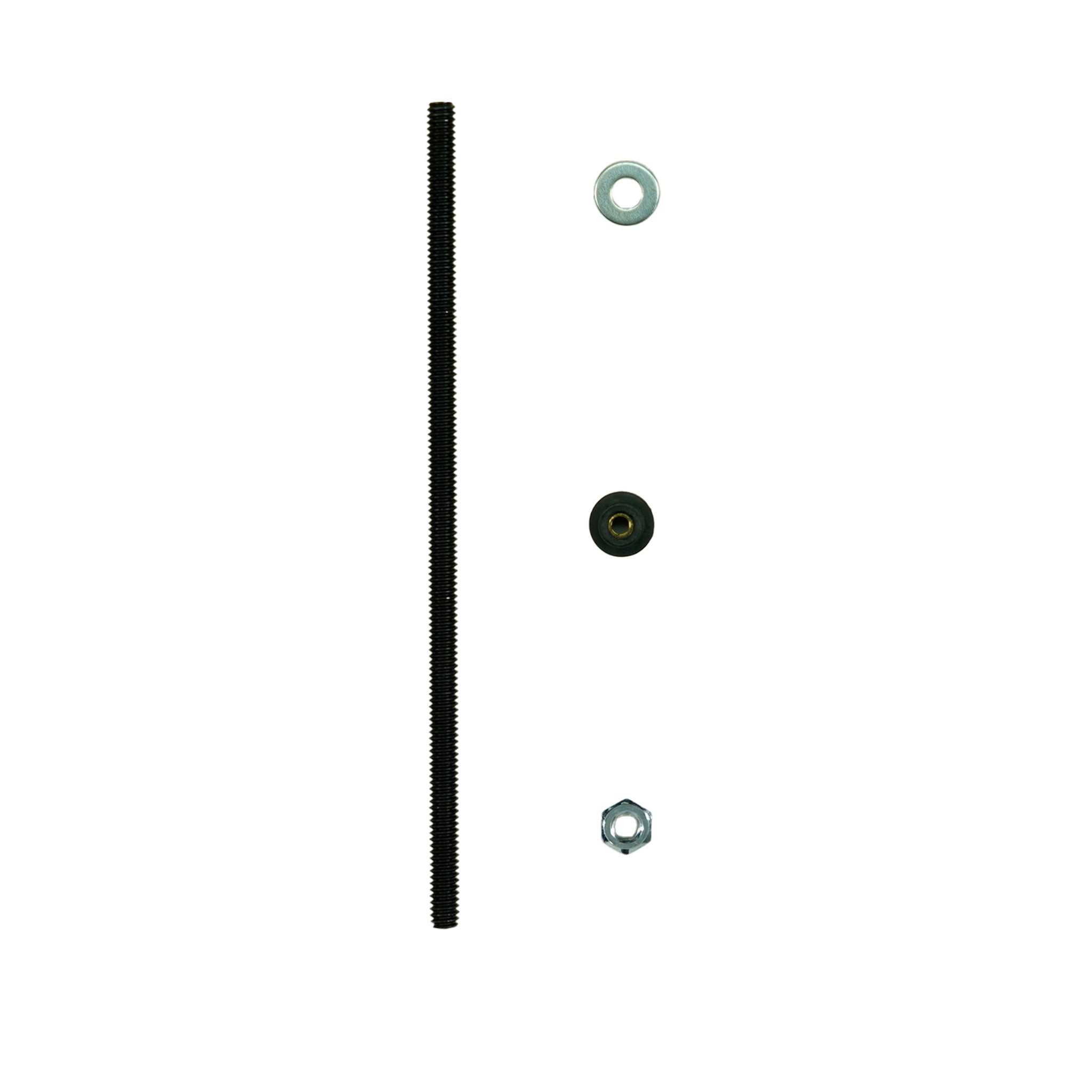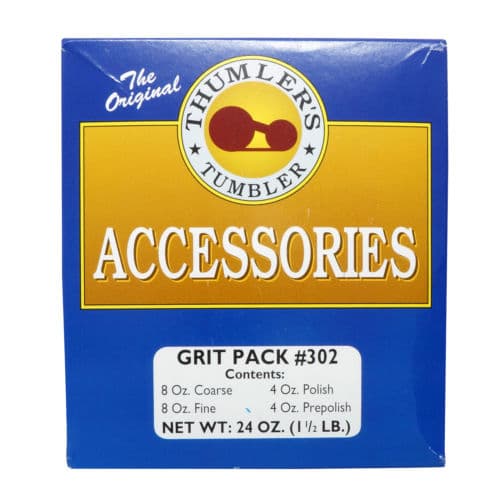Best Gold Metal Detectors for 2025 — A Field-Tested Guide from Serious Detecting
If you’re chasing flour gold in creek gravels, patch-hunting in hot desert soils, or hiking into remote quartz country, the “best” detector is the one matched to your ground and your goals. This guide explains the tech without the jargon, then gives you clear picks by experience level and terrain—so you can buy once and hunt more.
How gold detectors differ (plain-English)
-
VLF (very-low frequency): Great at hearing tiny surface bits of gold; lighter and more affordable; can struggle in intensely mineralized ground.
-
PI (pulse induction): Punches deep and stays quiet in nasty ground and salt; heavier, pricier, and offers limited trash discrimination.
-
Modern SMF (simultaneous multi-frequency): A versatile middle path—solid sensitivity and better behavior as soil changes, plus useful gold modes.
Why this matters: Match VLF/SMF to sub-gram surface hunting and PI to bigger/deeper gold or extremely mineralized ground.
Quick chooser: where you hunt
-
Streams & benches with moderate soils: High-freq VLF/SMF with a smaller coil.
-
Hot, iron-rich desert & black sands: PI with ground tracking and a mid/large coil.
-
Mixed/unknown sites: SMF gold mode gives you flexibility while you learn an area.
Our 2025 picks (by experience)
Getting started (under ~$1,000)
-
Lightweight high-frequency machine that bridges gold & general hunting; ideal if you want one detector for nuggets + coins
Why we like it: Dedicated “Gold” and “Fine Gold” programs plus high-frequency coil options (up to ~81 kHz) make it well-suited for small/nugget gold targets.
-
Minelab GOLD MONSTER 1000 (VLF, 45 kHz)
Auto ground-tracking and forgiving audio make it a confidence-builder for first nuggets. Add the small coil for crumb-size sensitivity.
Why we like it: Learn fast, find small.
-
Nokta Legend (SMF)
Fully waterproof, fast recovery, and a dedicated Gold Field mode. A smart “do-most-things” choice if you want coins/beach versatility too.
Why we like it: Flexible detector you won’t outgrow.
Stepping up (roughly $1,000–$2,500)
-
Ultra-light, finely tunable, and fully waterproof, the XP Metal Detectors Deus II excels in places where target separation and comfort make all the difference—long hunts, uneven terrain, and sites littered with trash. With the new HF2 FMF High-Power Precision Coil, it’s evolved into a true powerhouse for serious gold prospecting, offering impressive sensitivity and control in demanding ground conditions.
Why we like it: Customization + featherweight swing.
-
Minelab Manticore (SMF)
Adds powerful target ID tools and a gold-oriented mode. Excellent balance of depth, sensitivity, and usability.
Why we like it: Strong performer in changing soils.
Professional PI (>$2,500)
-
Garrett Axiom (PI)
Serious mineral handling with Terra-Scan tracking, sensible weight, and excellent runtime at a compelling price for a PI.
Why we like it: Deep performance without the top-shelf price.
-
Minelab GPX 6000 (PI)
GeoSense-PI makes setup straightforward while retaining pro-level depth and sensitivity across gold sizes.
Why we like it: Point-and-hunt PI with headroom for experts.
Coil tips that actually help
-
Small (6–8”): Best for tiny gold, tight scrub, and noisy ground.
-
Medium (10–11”): Good all-rounders for most sites.
-
Large (14–17”): More depth and coverage—think bigger, deeper pieces and open ground - but you will lose sensitivity on smaller targets
-
DD vs Mono (PI): DD behaves better in mineralization; Mono can add depth if your soils allow.
Setup that saves hours
-
Ground balance every time you move (auto tracking on for variable soils; manual when you want control).
-
Slow the sweep in hot ground with small-gold targets.
-
Noise cancel often (especially near power lines or other hunters).
-
Use wired or quality low-latency headphones to hear faint wisps that sound like “nothing”—they’re often your best finds.
Accessories we recommend (and why)
-
Pinpointer to shorten recoveries (less digging, more detecting).
-
Pick/scoop sized for hardpack or river gravels.
-
Spare power (battery or power bank) for backcountry days.
-
Gold pan & snuffer to test hotspots and keep the tiny stuff.
-
Carry bag to protect coils and keep your kit together.
At Serious Detecting we often bundle detectors with bags, digging tools, pinpointers, and spares to get you field-ready on Day 1—ask about current bundles and upgrades that fit your hunt plan.
Which one should you choose?
-
New to gold & moderate soils: GOLD MONSTER 1000 or Nokta Legend.
-
Mixed sites, want one rig for it all: Manticore or DEUS II.
-
Traveling to highly mineralized goldfields or chasing deeper lumps: Axiom (value PI) or GPX 6000 (top-tier PI ease).
If you tell us where you’re going, what size gold you’re hoping for, and how you like to carry gear, we’ll steer you to the right coil and a bundle that avoids duplicate accessories.
Find Your Perfect Gold Detector — Quick Quiz
1️⃣ Where do you plan to hunt most often?
-
🏜️ Dry desert or red-iron soil → 3 points
-
⛰️ Rocky mineralized goldfields → 2 points
-
🏞️ Streams, riverbanks, or forest ground → 1 point
2️⃣ What size gold are you chasing?
-
Specks and flakes → 1 point
-
Small nuggets (0.5 – 2 g) → 2 points
-
Deep, heavy nuggets → 3 points
3️⃣ How much do you want to tinker with settings?
-
I like auto everything → 1 point
-
I’ll fine-tune occasionally → 2 points
-
I want total control → 3 points
4️⃣ How long are your detecting sessions?
-
Short trips (1–2 hours) → 1 point
-
Half-day → 2 points
-
Full-day or multi-day hunts → 3 points
5️⃣ What’s your detector budget range?
-
Under $1,000 → 1 point
-
$1,000 – $2,500 → 2 points
-
$2,500 + → 3 points
🎯 Your Score
5 – 7 points → Beginner Gold Explorer
Start with a Nokta Legend Minelab or GOLD MONSTER 1000 bundle. Auto tracking and light weight make learning easy.
8 – 11 points → Intermediate Hunter
You’re ready for adjustable power and multi-frequency control. Try XP DEUS II or Minelab Manticore for serious ground coverage.
12 – 15 points → Professional Prospector
You’re tackling deep or extreme terrain. Choose a pulse-induction powerhouse like Garrett Axiom or Minelab GPX 6000 for maximum depth and stability.
🟡 Gold Metal Detecting FAQ
Q: What makes a metal detector “good for gold”?
Gold detectors use higher frequencies or pulse induction to sense very small, low-conductive targets in mineralized ground. They’re tuned for tiny gold that ordinary coin detectors might miss.
Q: Can any metal detector find gold?
Technically yes, but most general-purpose detectors struggle with mineralized soil and very small nuggets. Dedicated gold detectors are far more sensitive and stable in those conditions.
Q: What’s the difference between VLF and PI detectors?
-
VLF (Very Low Frequency) detectors excel at tiny, shallow gold and allow discrimination against trash.
-
PI (Pulse Induction) detectors penetrate deeper and ignore hot ground but offer less target ID.
Q: Is Multi-Frequency (SMF) good for gold?
Yes — modern SMF machines like the Minelab Manticore or XP Deus II blend sensitivity and stability, letting you hunt gold and coins without swapping detectors.
Q: How deep can a gold detector find nuggets?
Depth depends on target size, soil, and coil. Small flakes might register only a few inches deep, while multi-gram nuggets can sound off at 12 inches or more with a large coil.
Q: What frequency is best for small gold?
Higher frequencies (30–80 kHz) are more responsive to small gold. Detectors like the XP ORX or Gold Monster 1000 run in that range for excellent tiny-target performance.
Q: Are waterproof gold detectors available?
Yes — models like the XP Deus II and Nokta Legend are fully submersible, while others are rain-resistant. Always check the IP rating before wading into water.
Q: Can I use a gold detector on the beach?
You can, but saltwater can cause false signals. Choose a multi-frequency or pulse induction detector for best stability in wet sand.
Q: How important is ground balance?
Crucial. Proper ground balancing removes “noise” from mineralized soil so you can hear faint gold signals. Most modern detectors have auto or tracking modes to help.
Q: Do I need special coils for gold hunting?
Smaller coils improve sensitivity to fine gold; larger coils cover more area and reach deeper nuggets. Many prospectors keep both and swap depending on terrain.
Q: What accessories should I bring?
A pinpointer, digging pick, snuffer bottle, and small gold pan make recovery faster and cleaner. A carry bag keeps gear safe and organized.
Q: Can beginners really find gold?
Absolutely. Many hobbyists find their first gold within their first few trips using entry-level machines like the Gold Monster 1000 or Nokta Legend — patience is key.
Q: How do I know if I found real gold?
Real gold is heavier than other metals and doesn’t corrode. Test by weight, color, and a simple scratch test (or have it verified by a jeweler).
Q: What kind of soil holds gold?
Look for iron-stained gravels, quartz veins, and ancient streambeds. Gold settles where water slows — behind rocks, in cracks, and in old channel deposits.
Q: Do I need a permit to metal detect for gold?
Rules vary. Public lands may require a permit; private land always needs permission. Check BLM or local regulations before prospecting.
Q: Can I use my detector for coins and relics too?
Yes — many gold detectors like the XP ORX or Deus II include coin and relic programs, so you can hunt multiple targets with one device.
Q: What’s the best detector for travel prospecting?
Lightweight wireless models like the XP ORX or Deus II pack small and weigh under 2 pounds — perfect for backpacking trips.
Q: How long does the battery last on gold detectors?
Most modern lithium-ion units run 8–15 hours per charge. Always carry a spare battery or power bank for long days in the field.
Q: How do I reduce false signals?
Keep the coil level, ground balance properly, lower sensitivity slightly, and remove jewelry or metal tools from your person.
Q: What’s the best way to start gold detecting?
Pick a reliable, easy-to-use detector, watch a few setup videos, and practice on test targets before heading to the field. Learn your tones — gold often sounds like a faint whisper rather than a strong beep.


